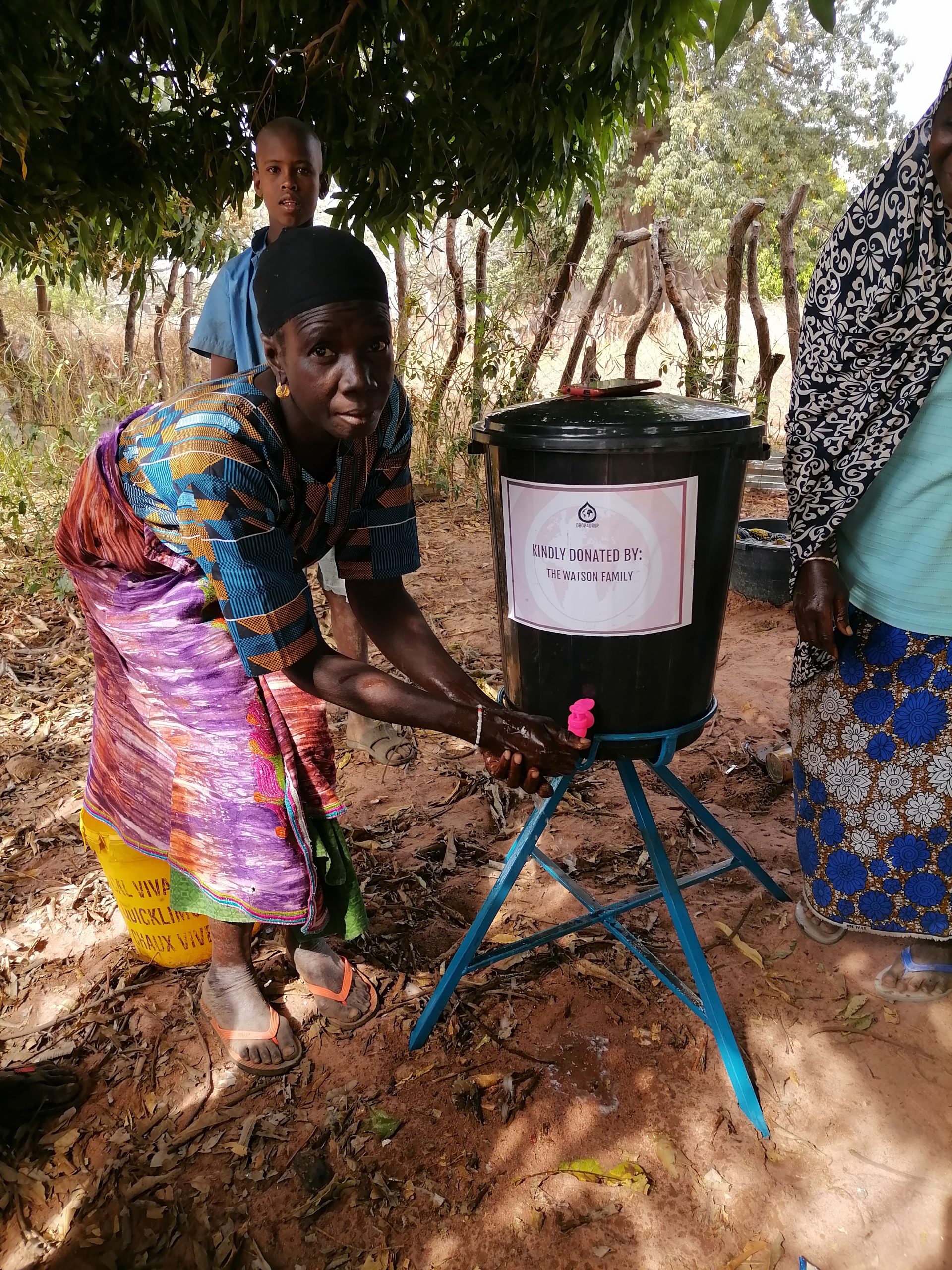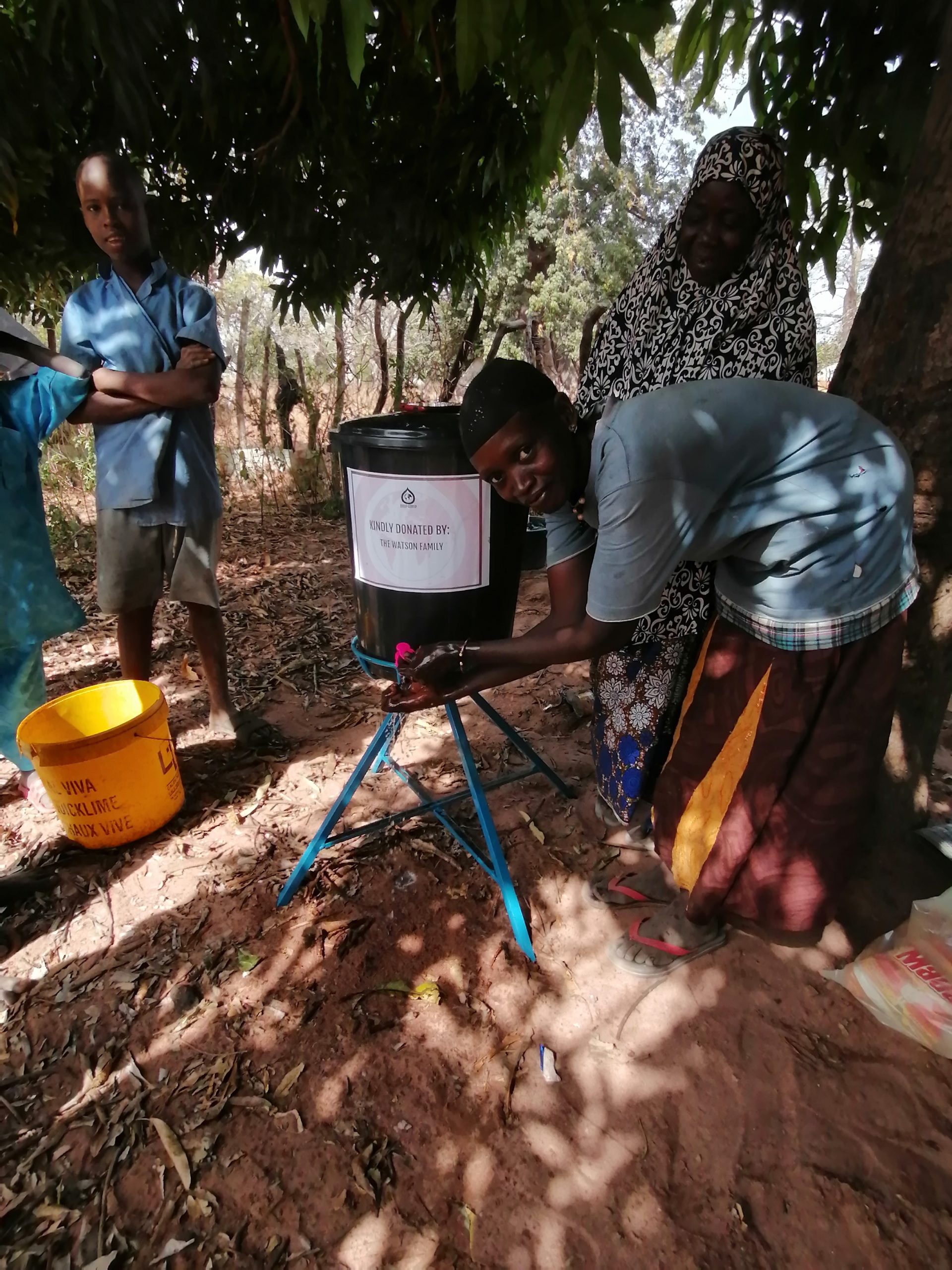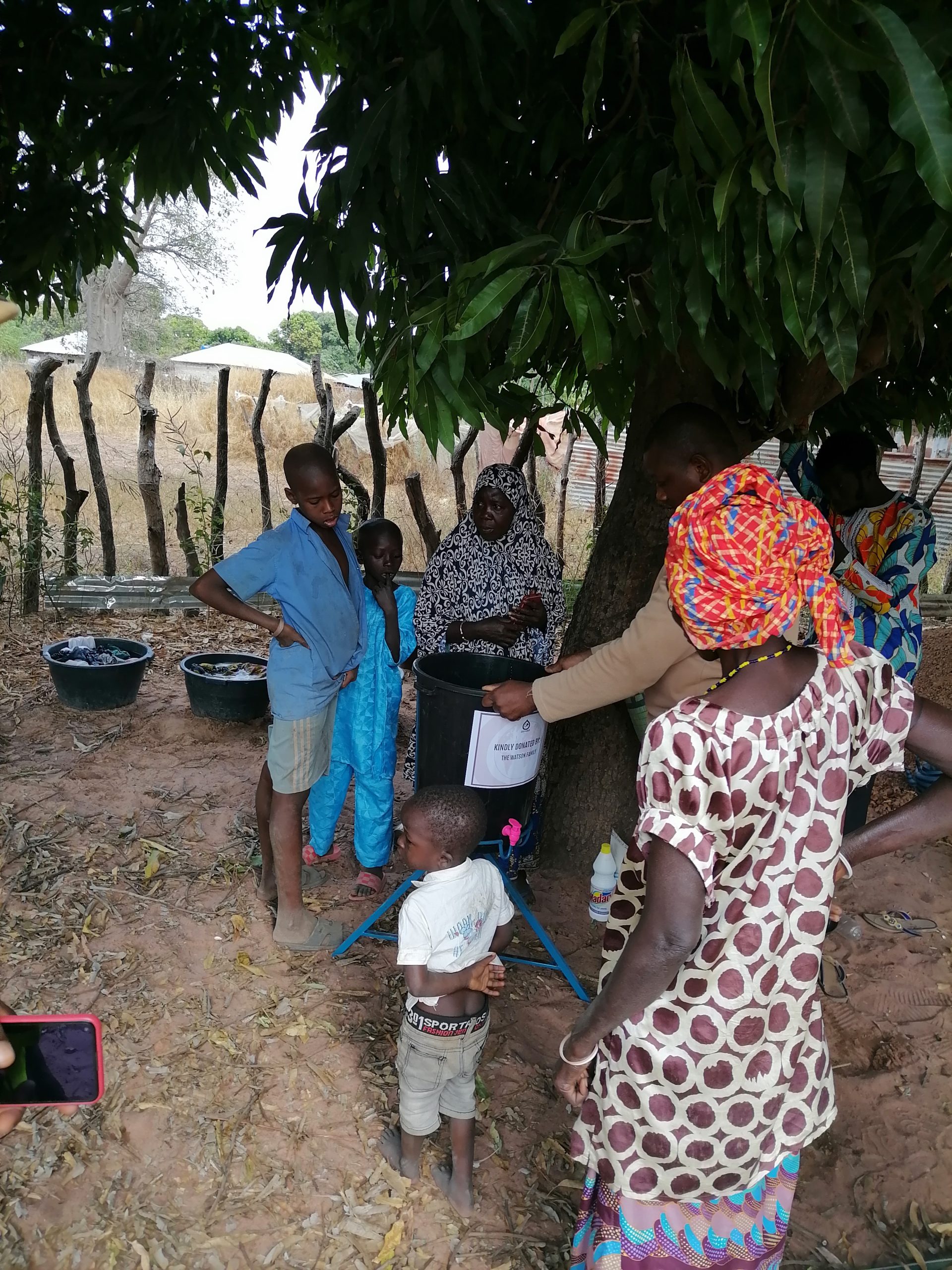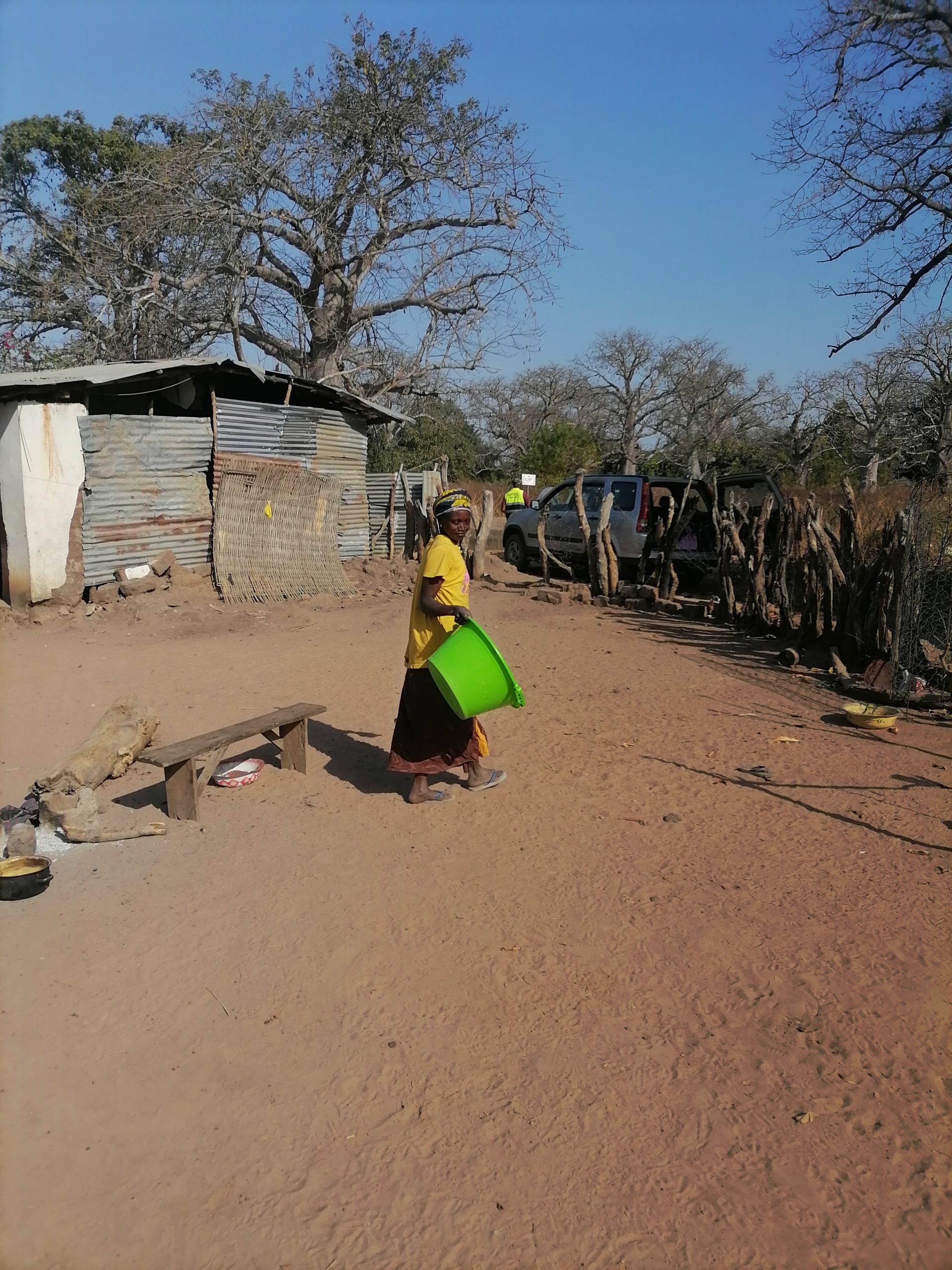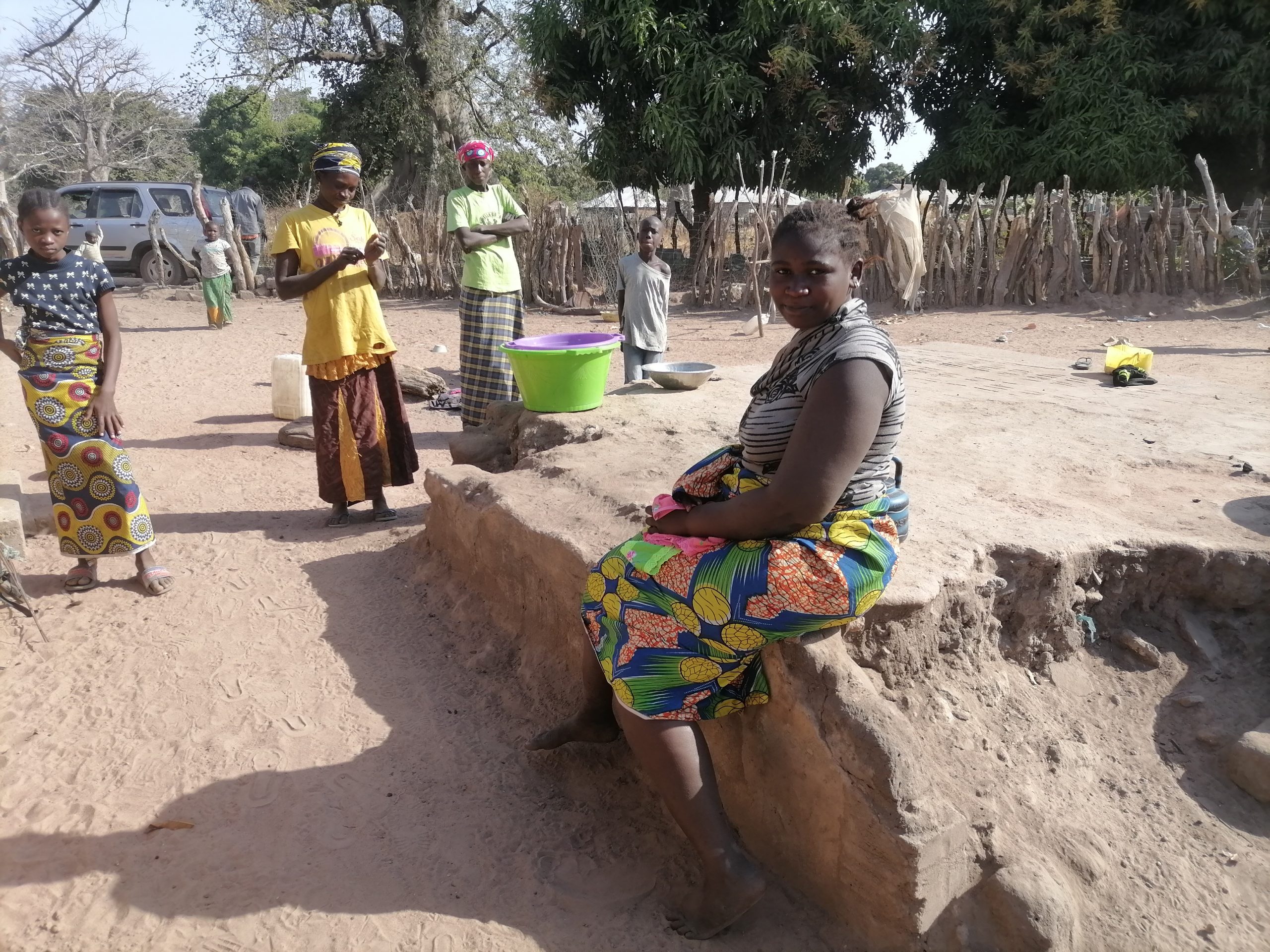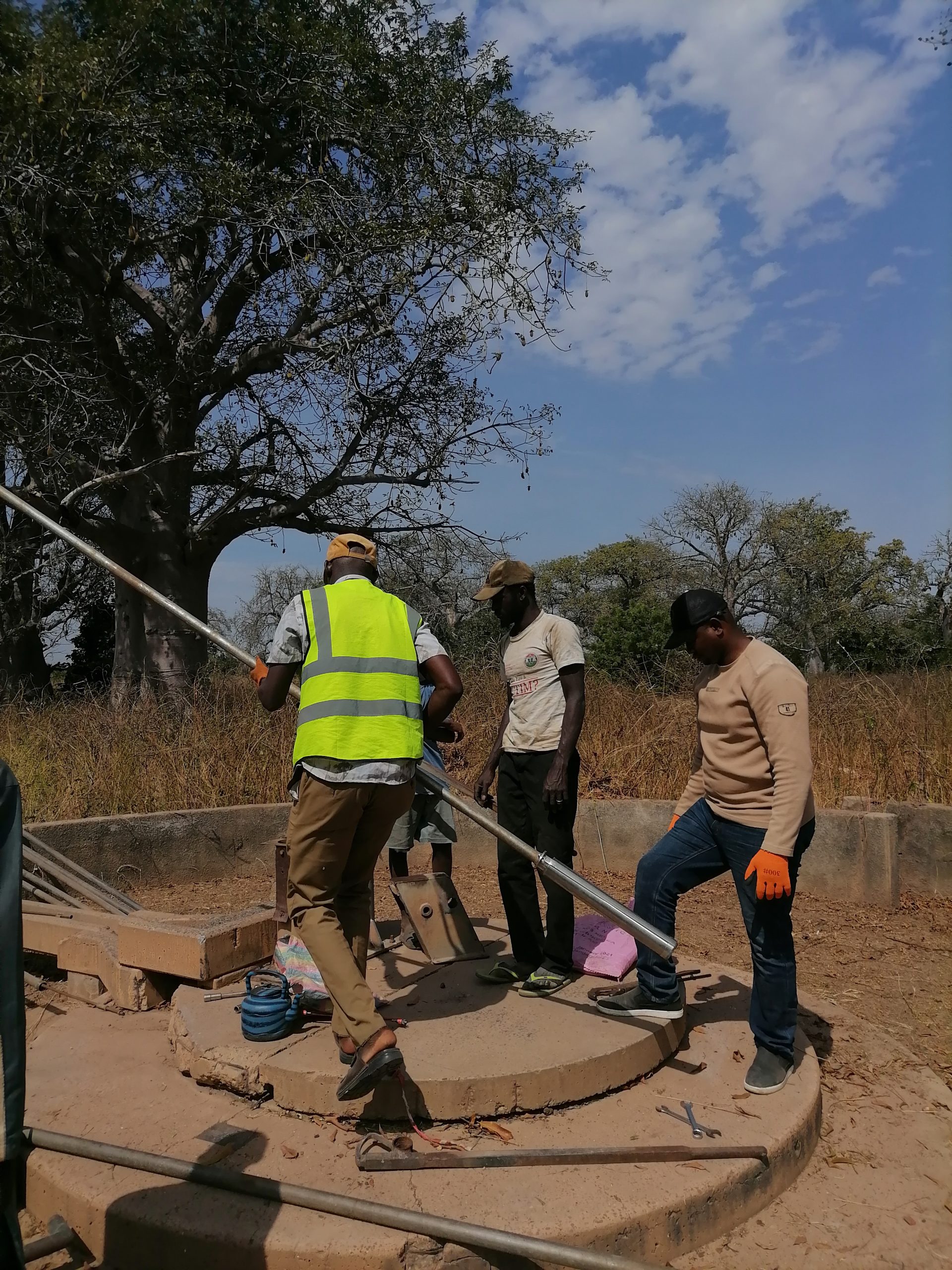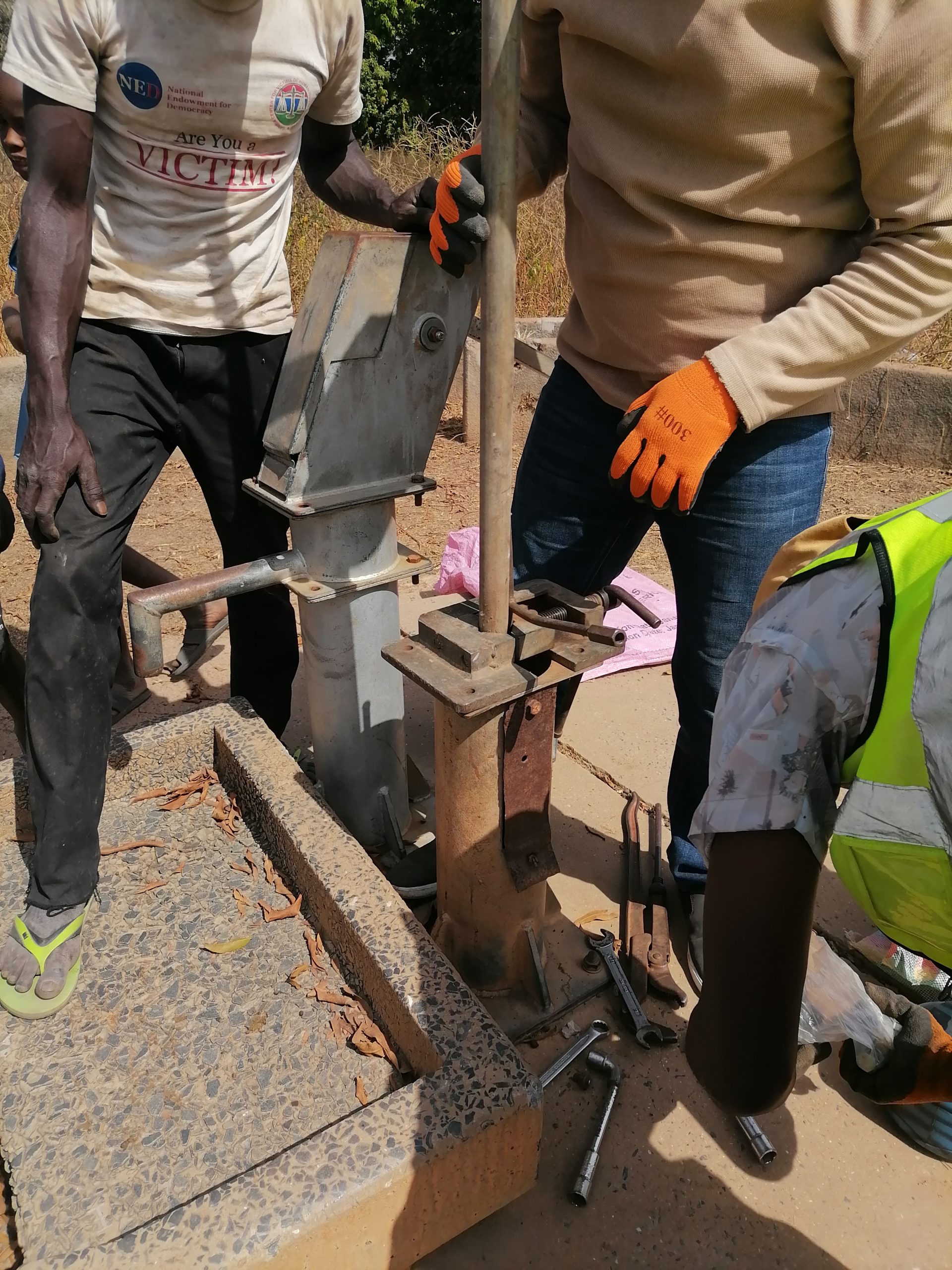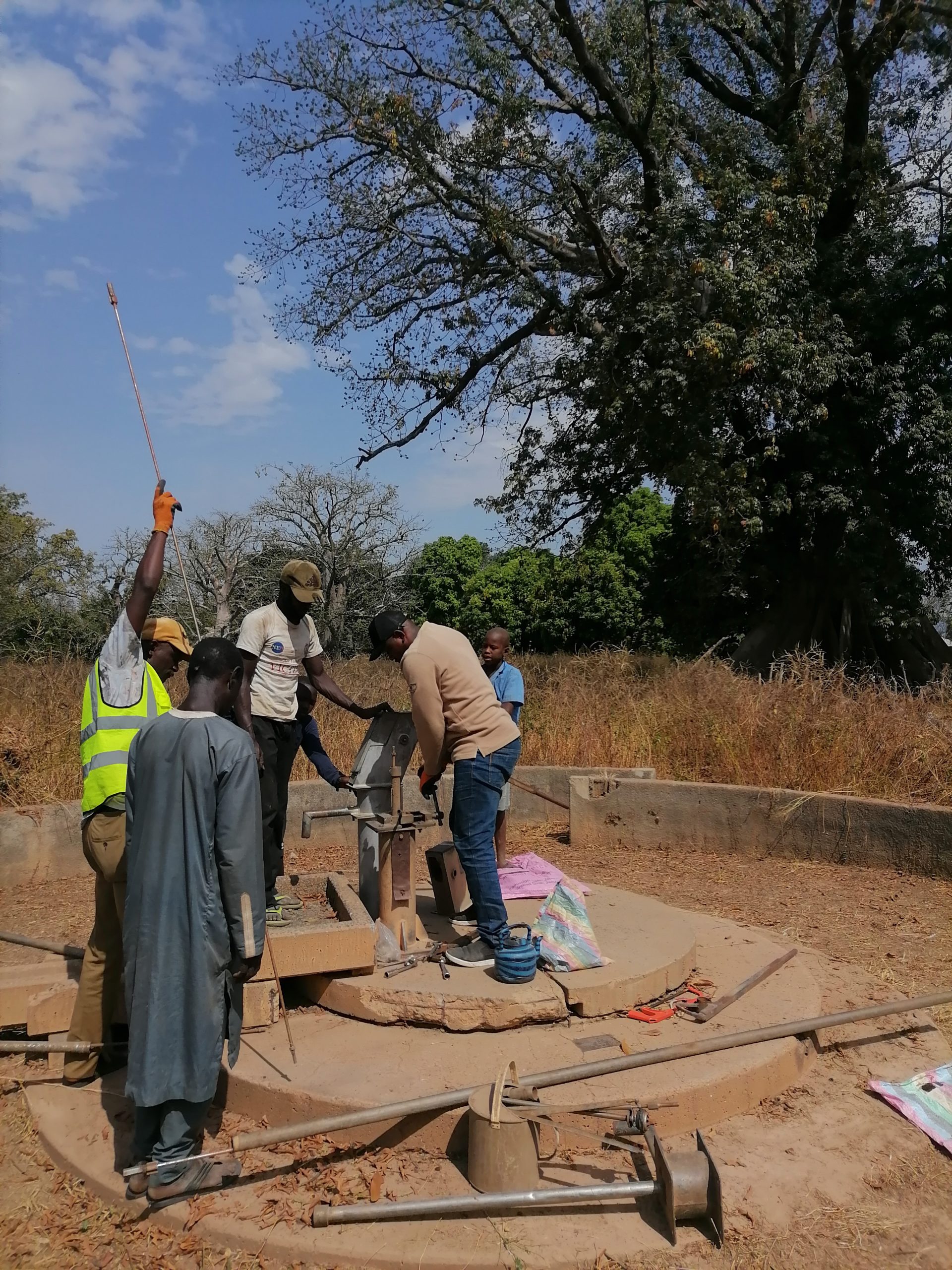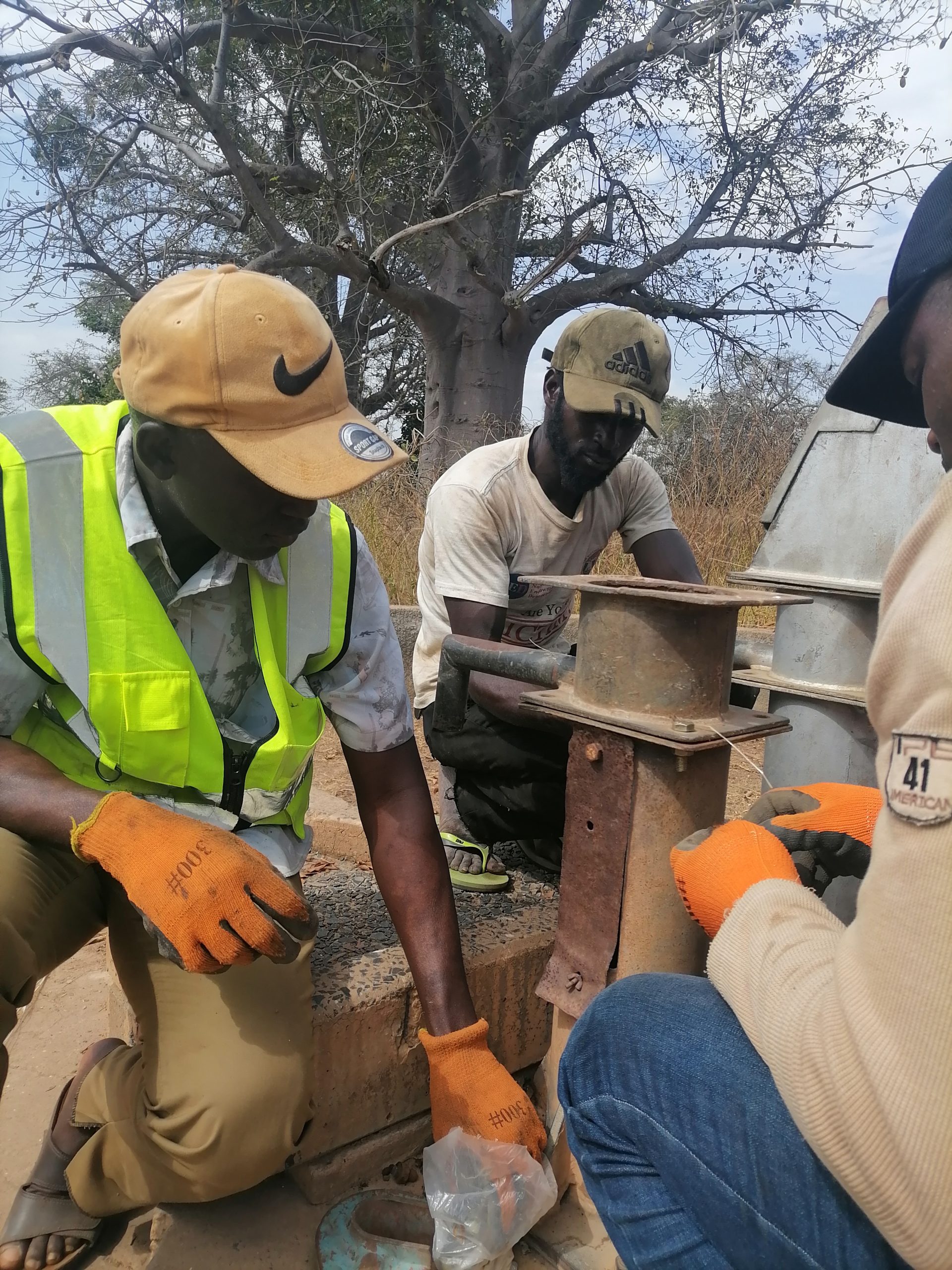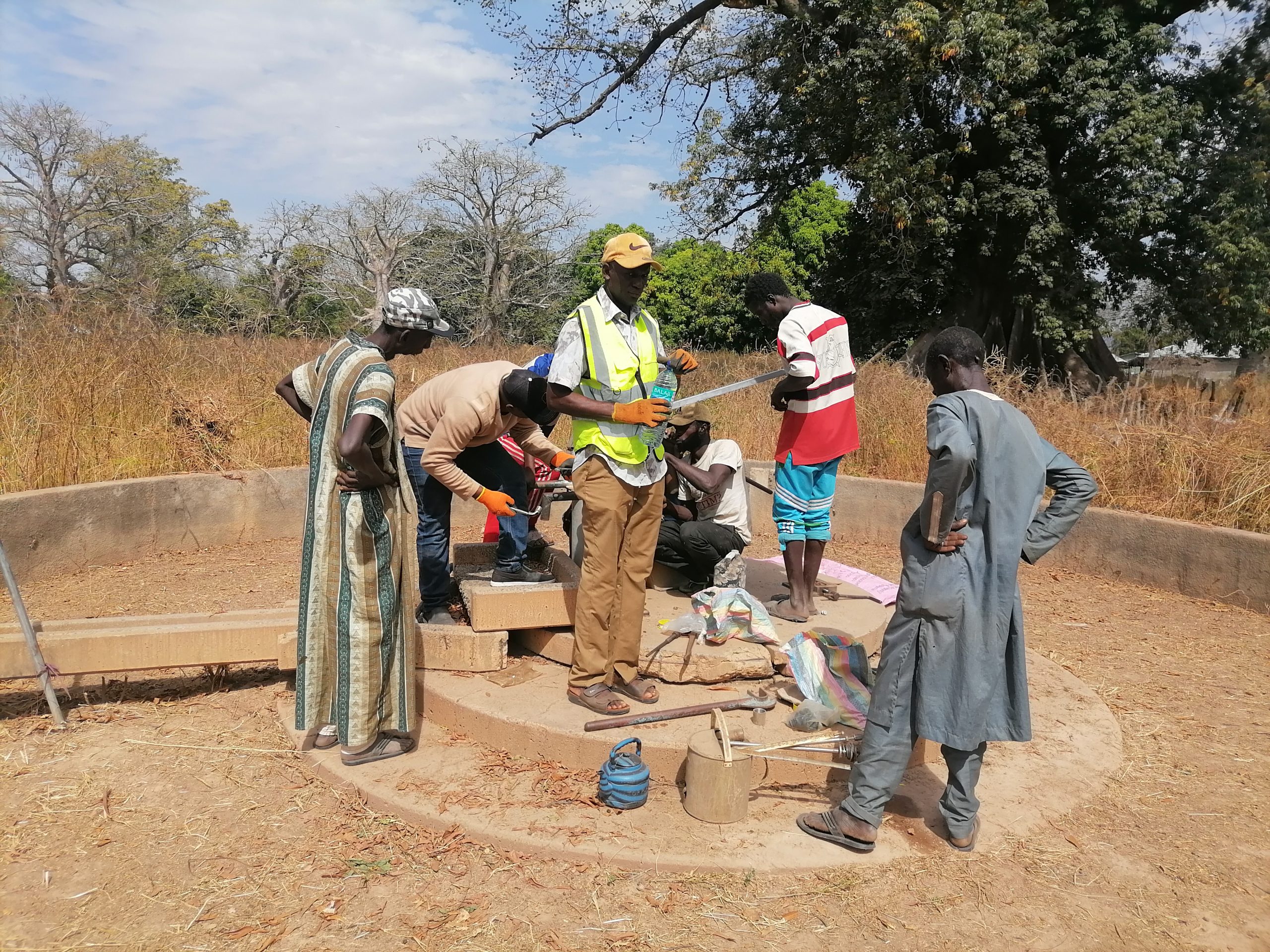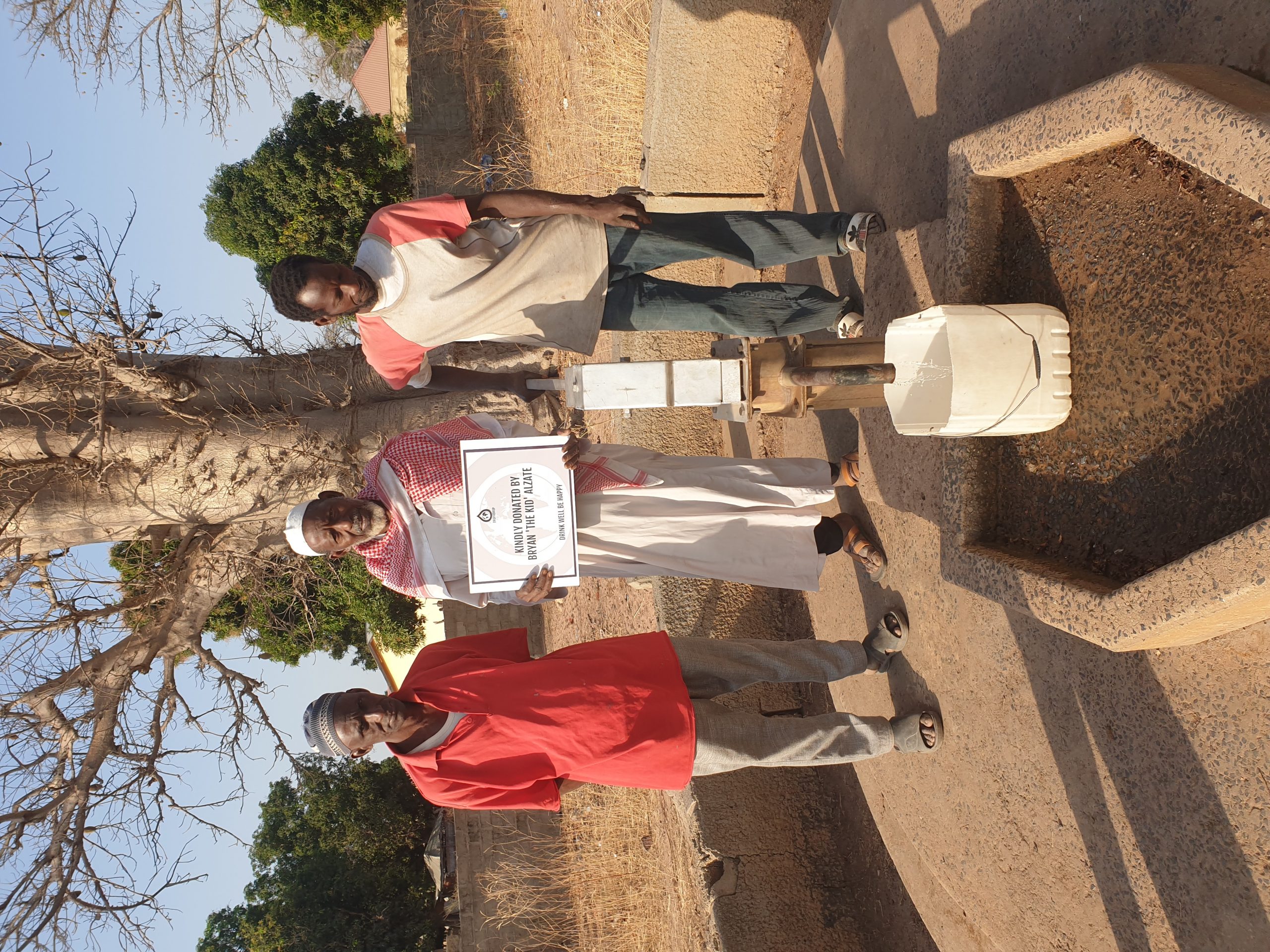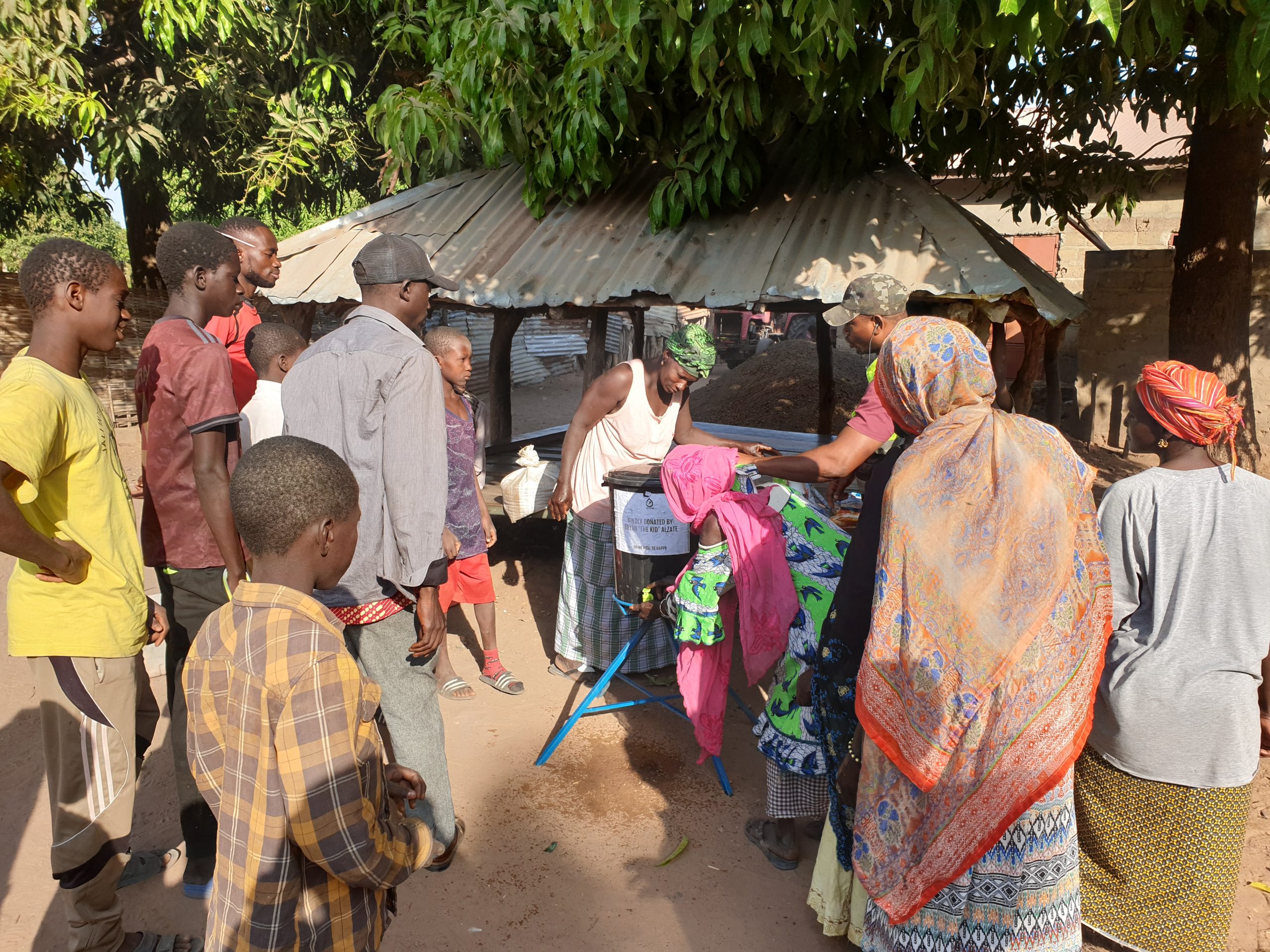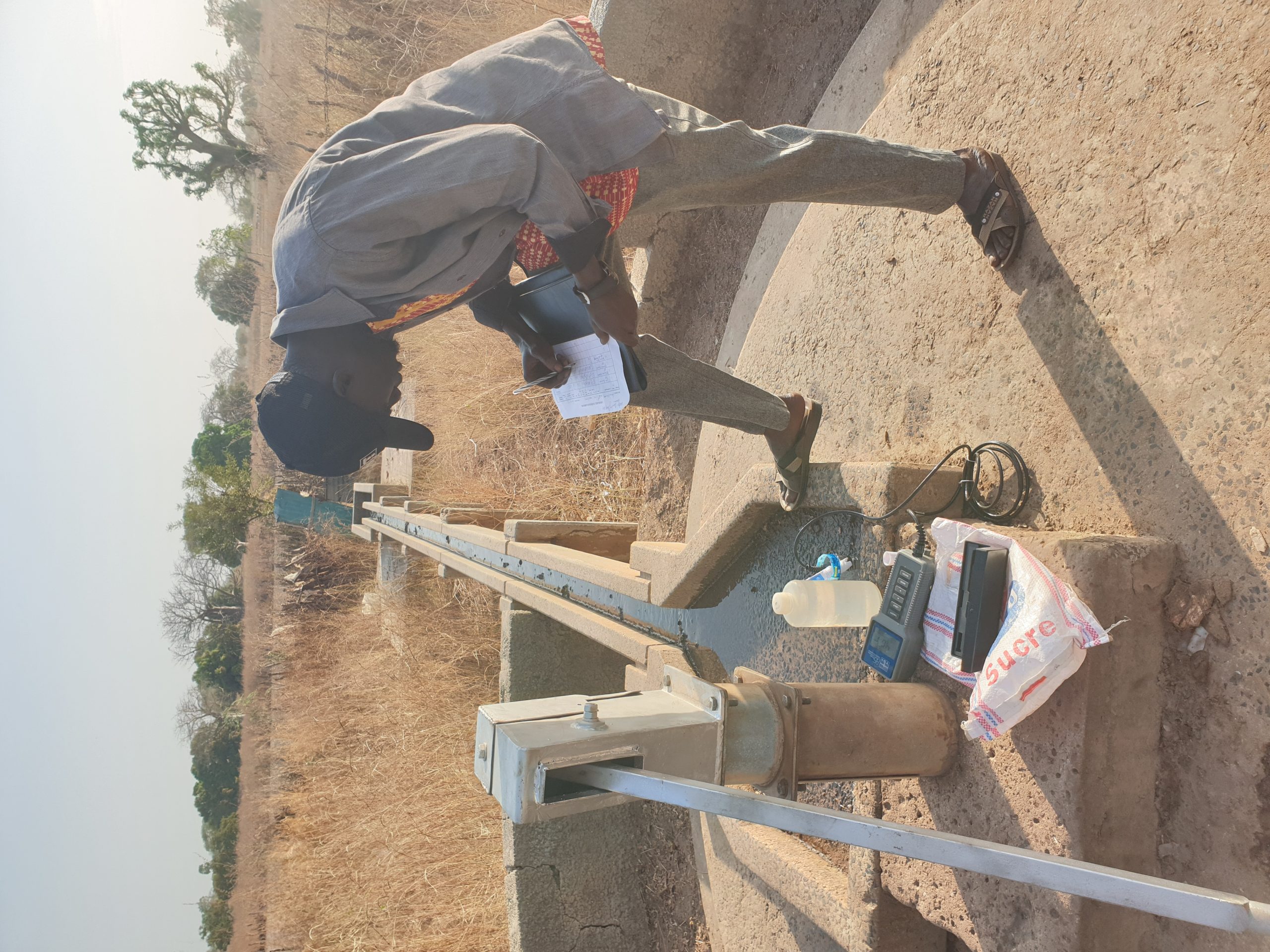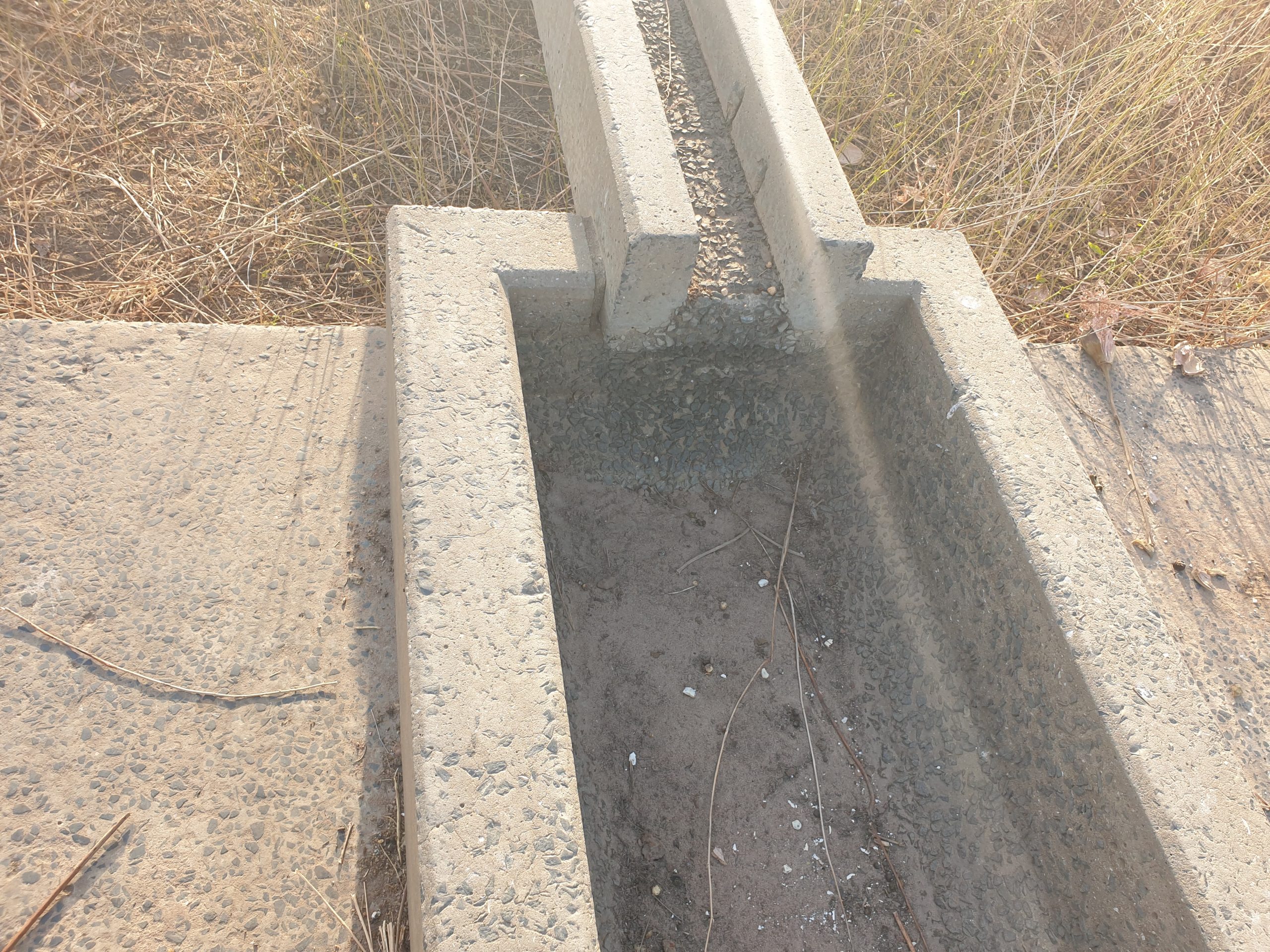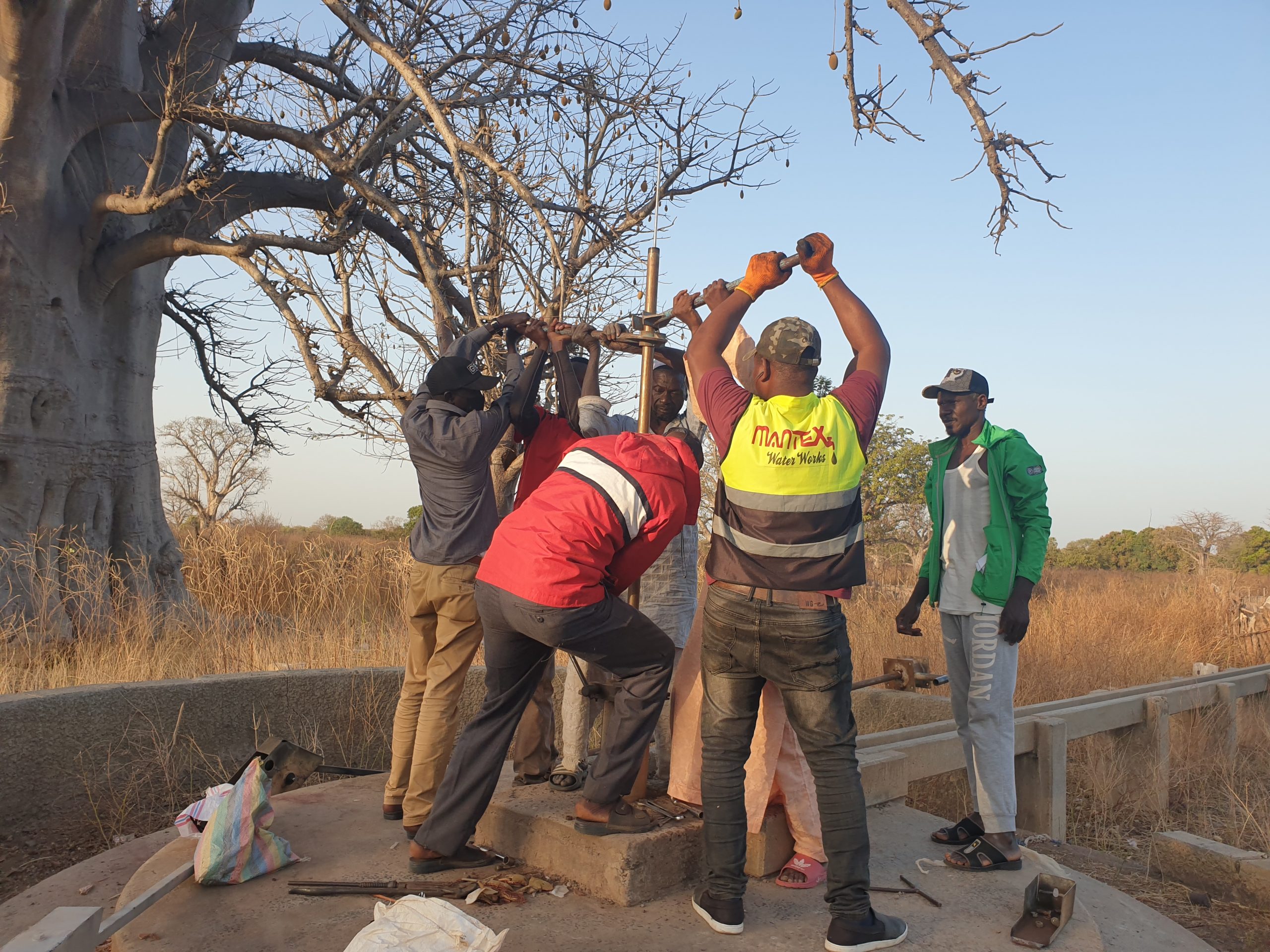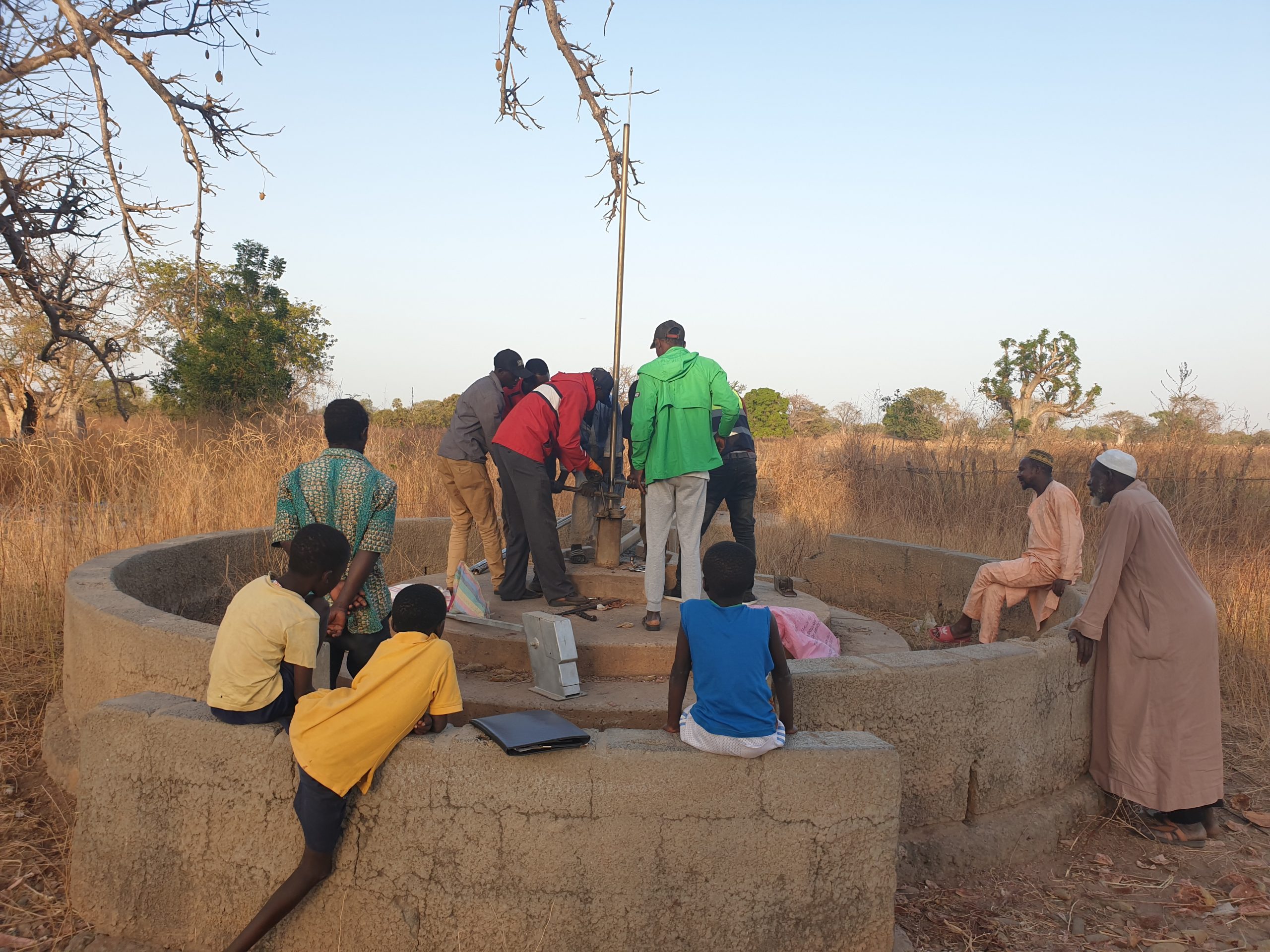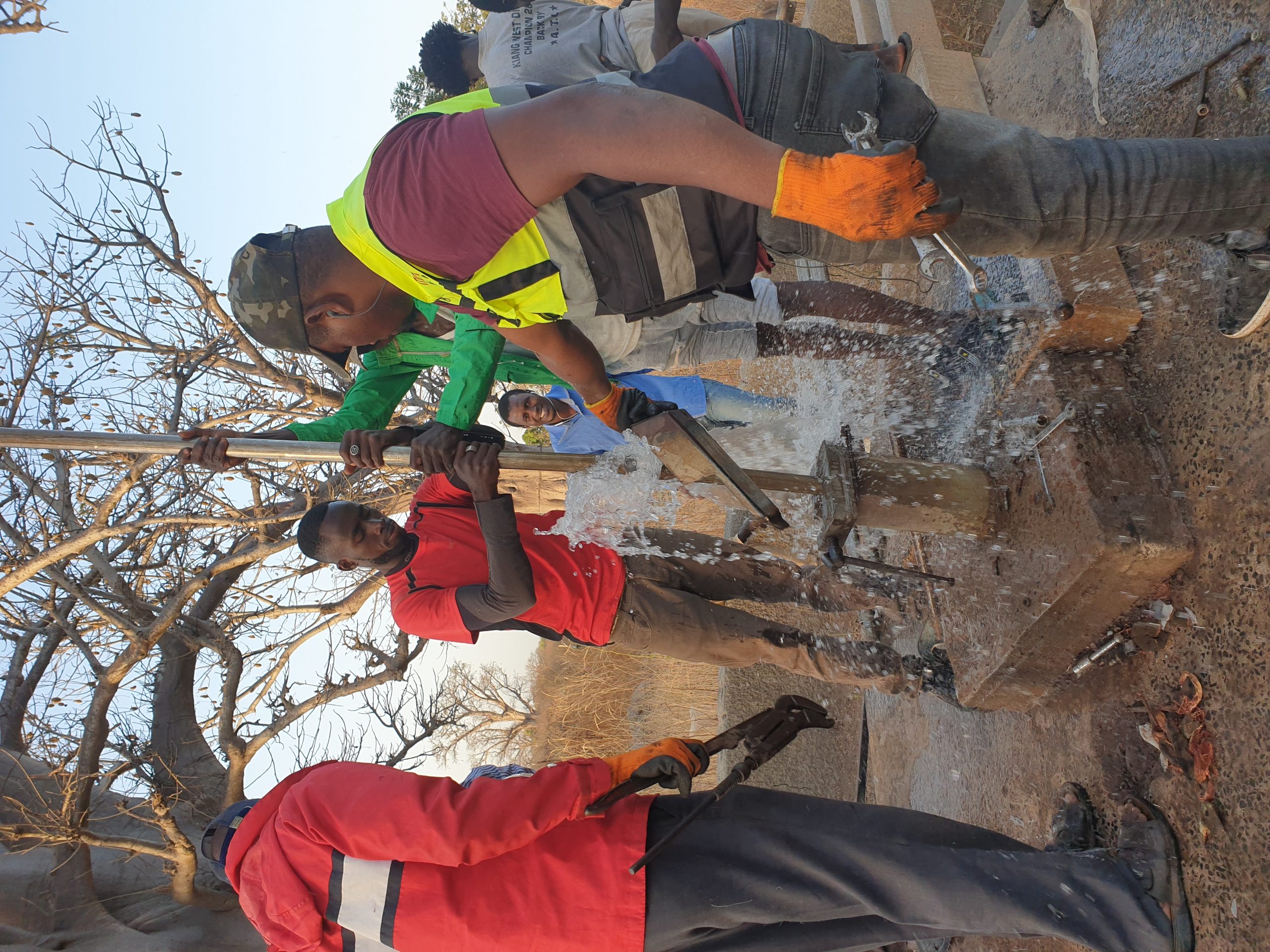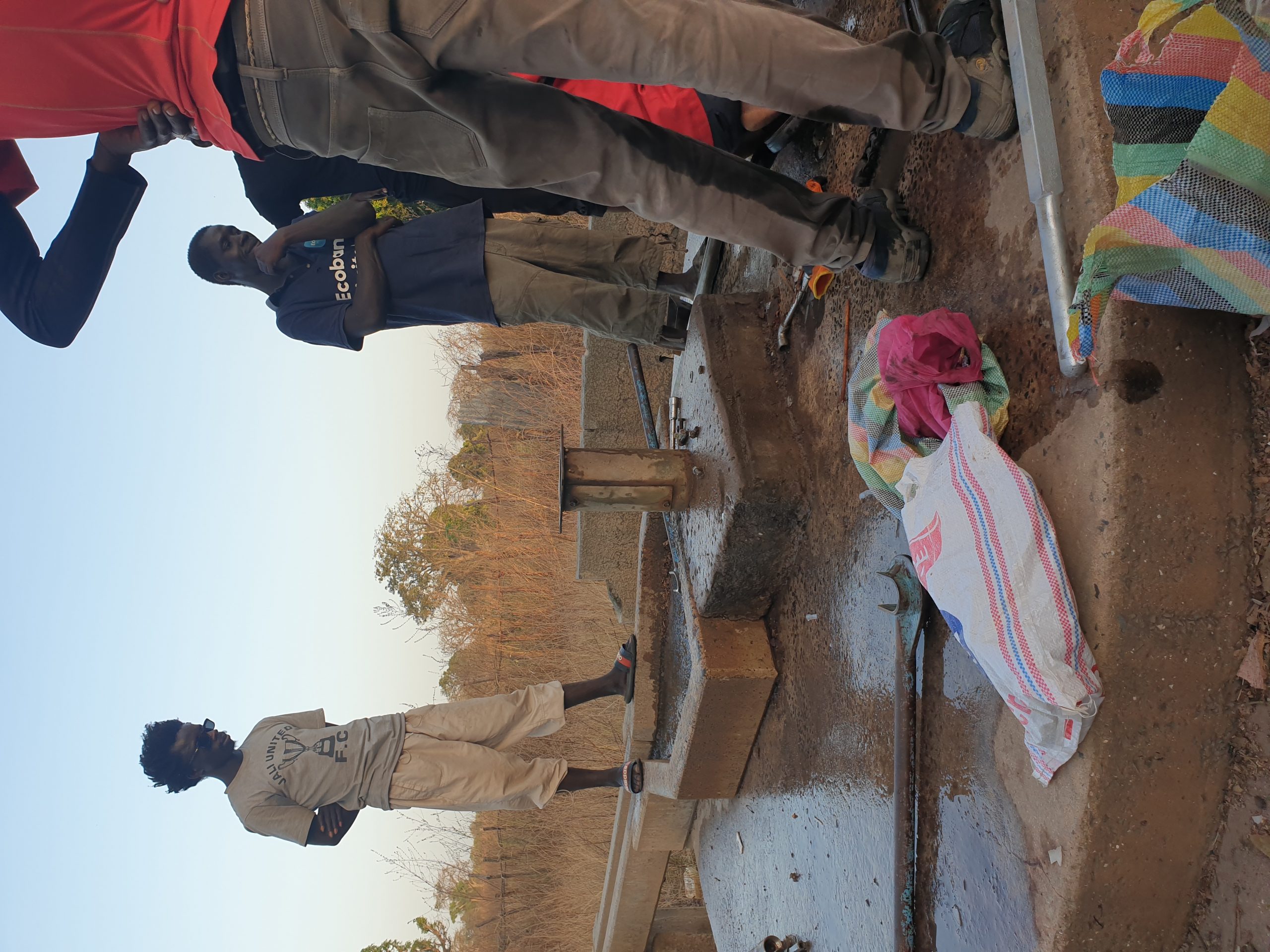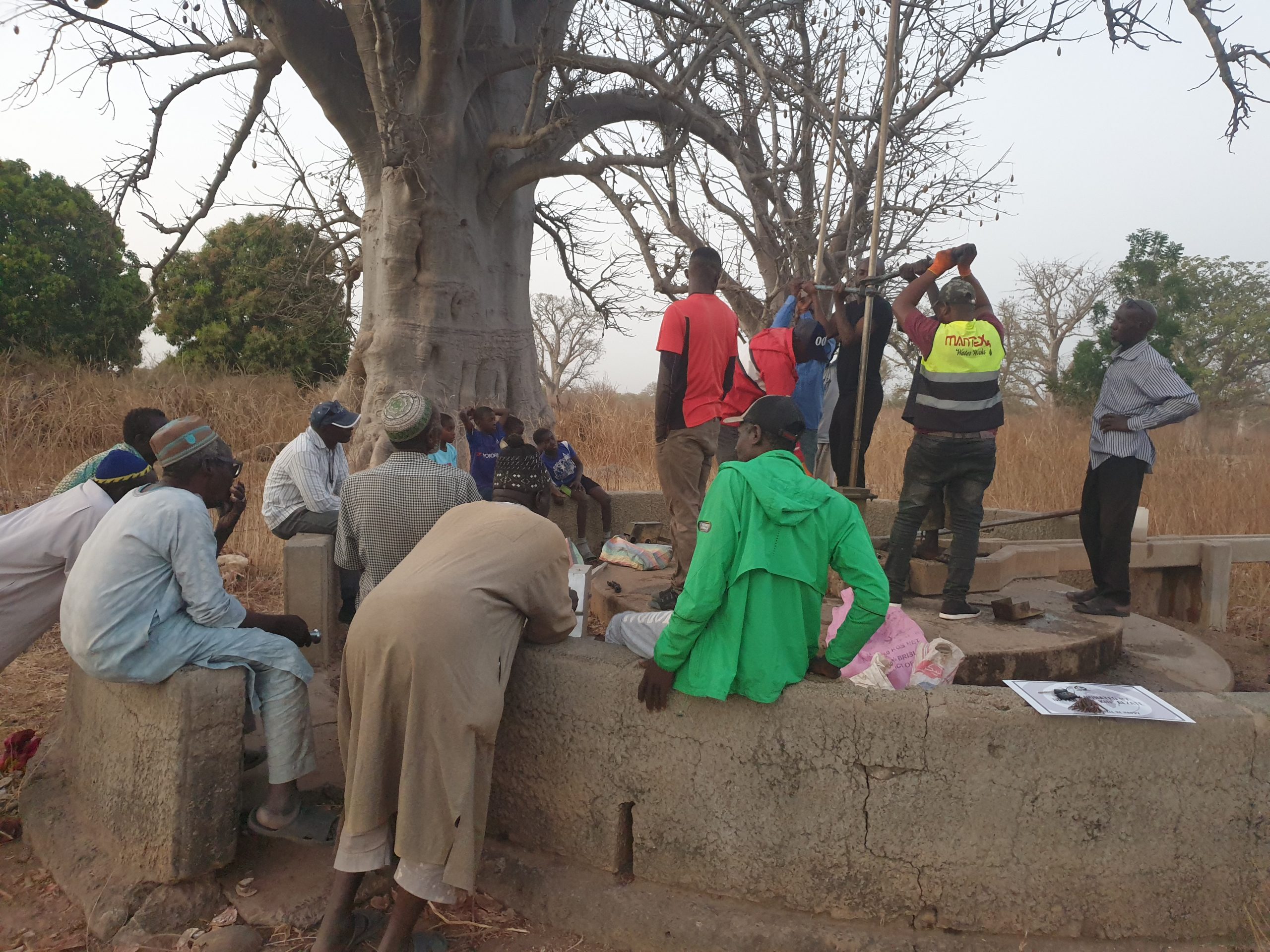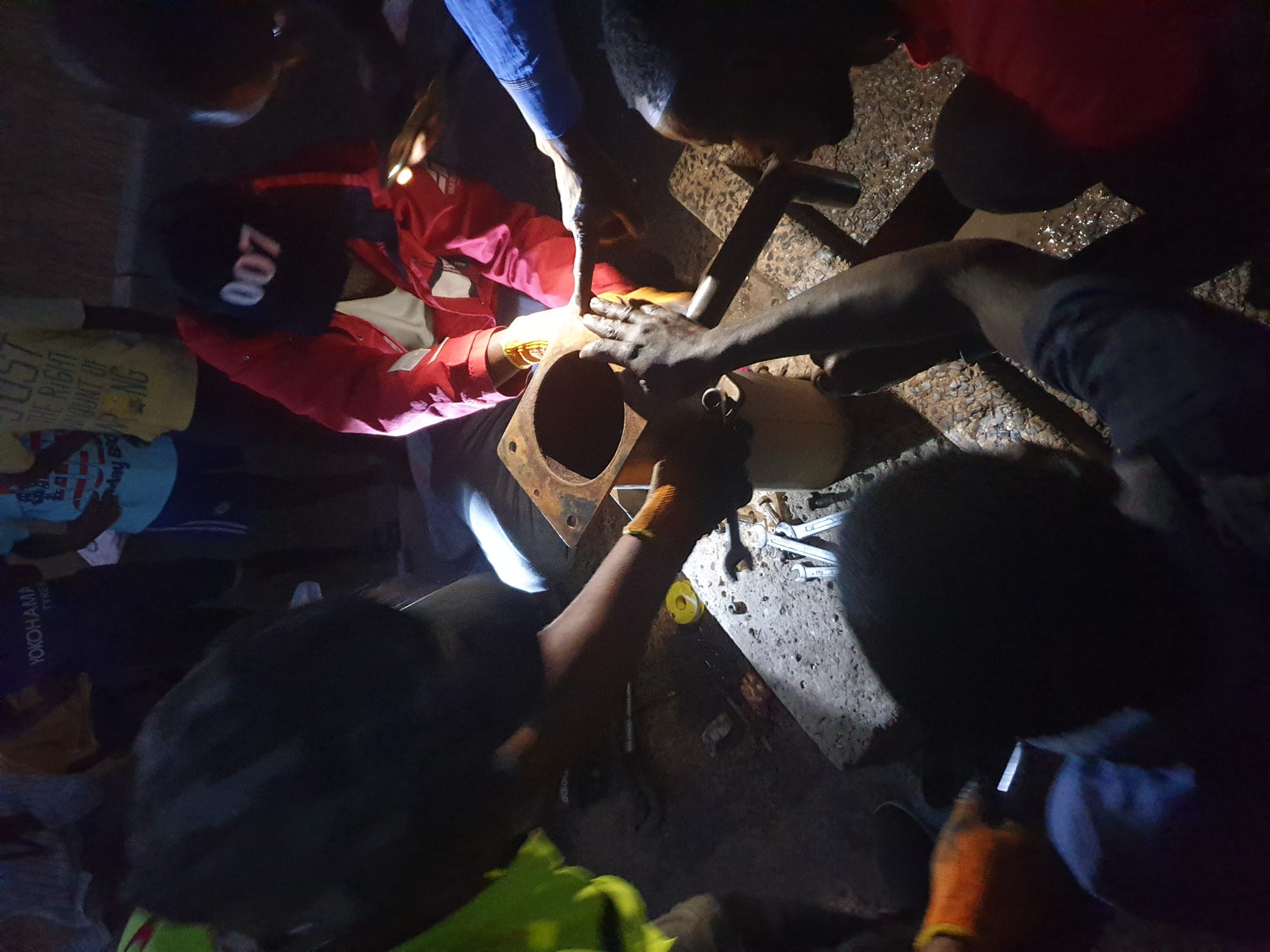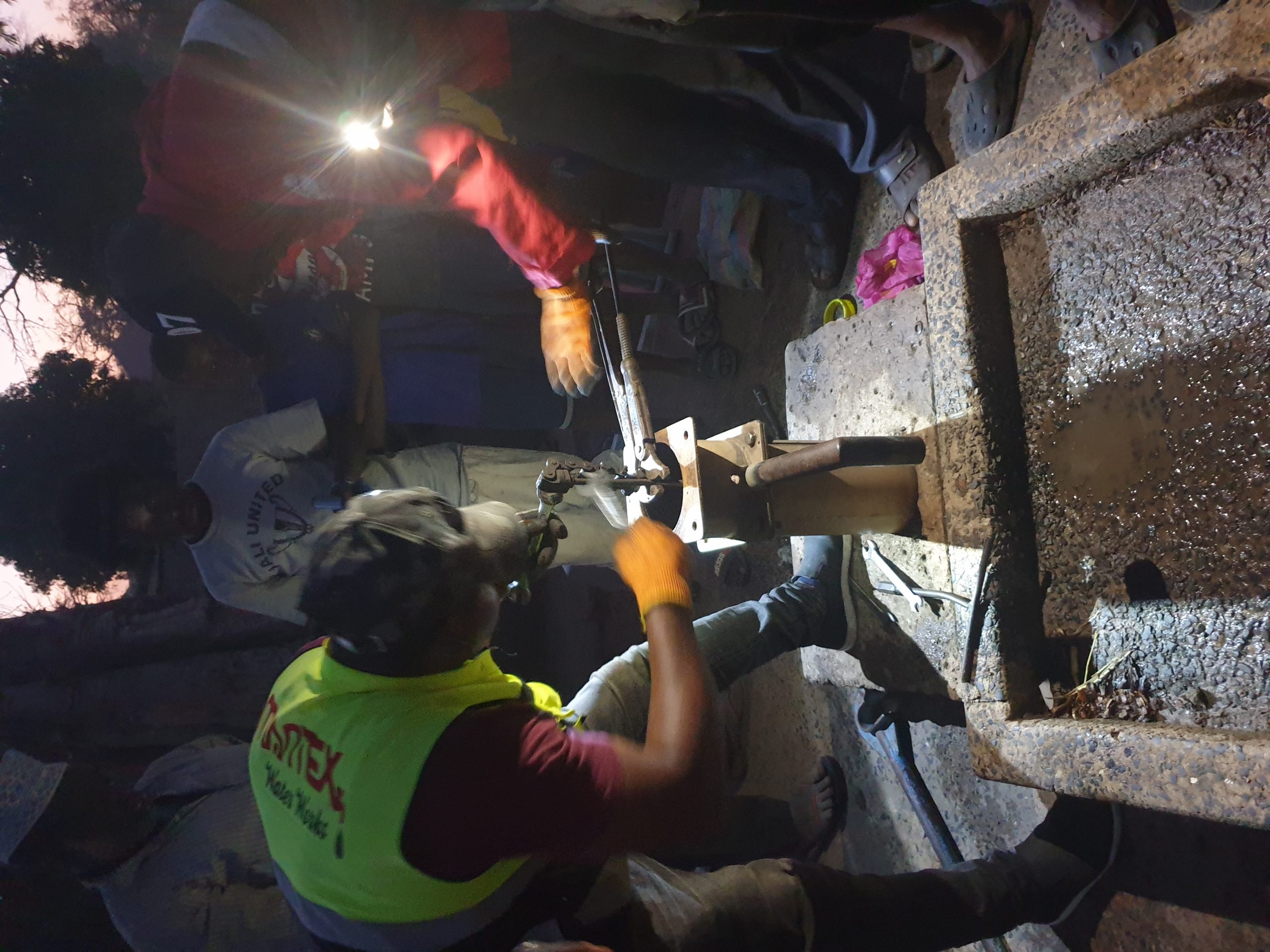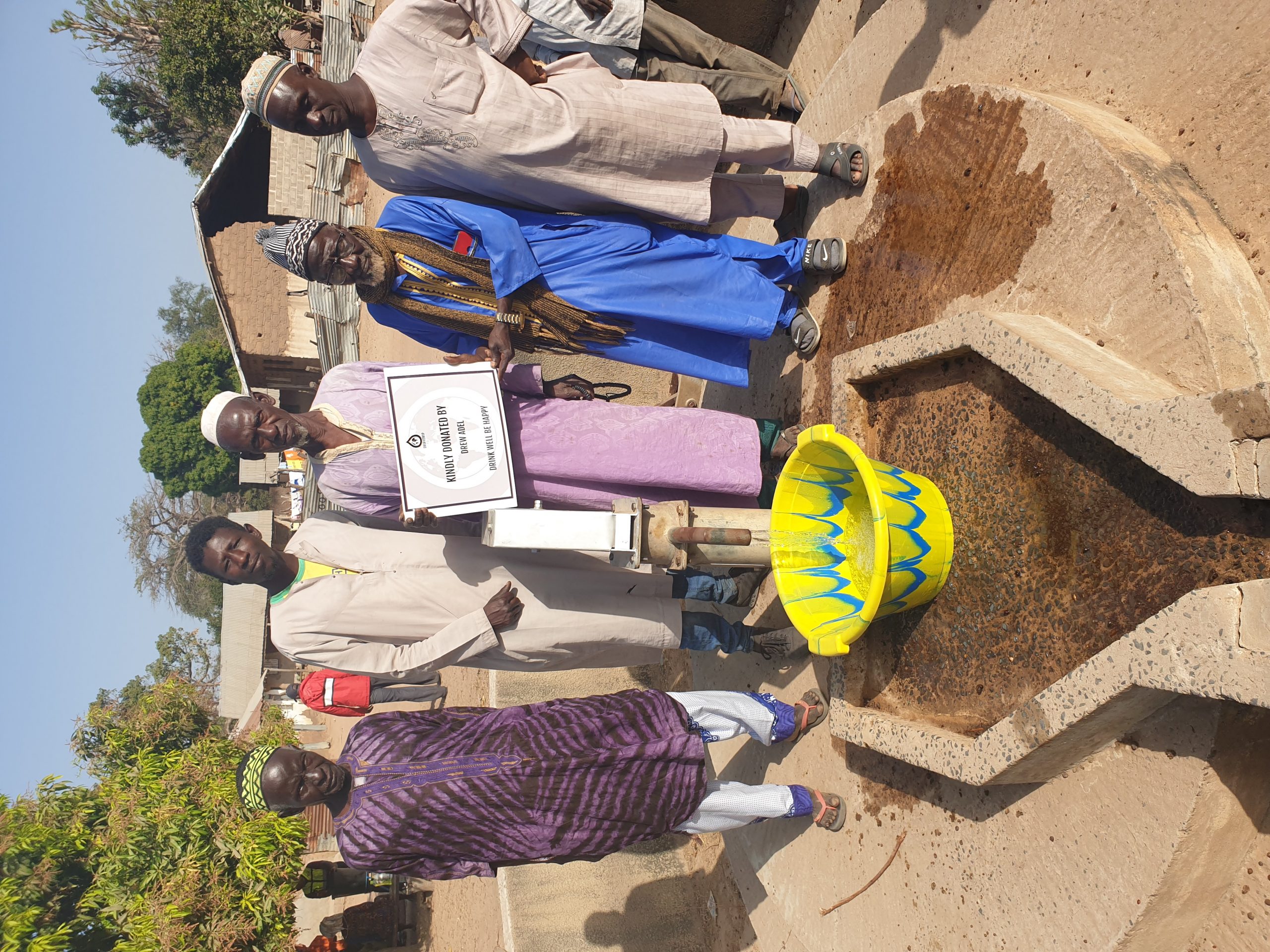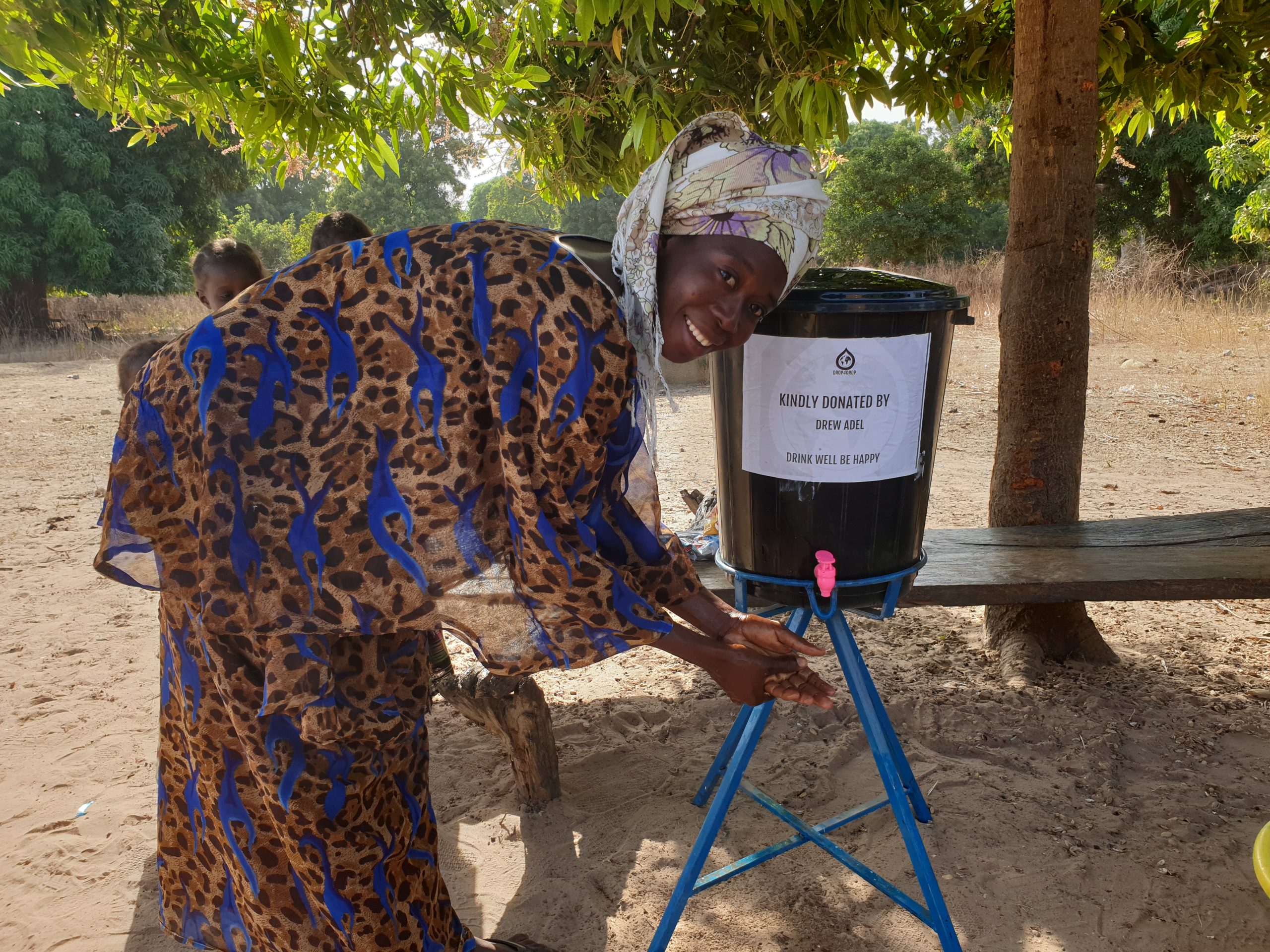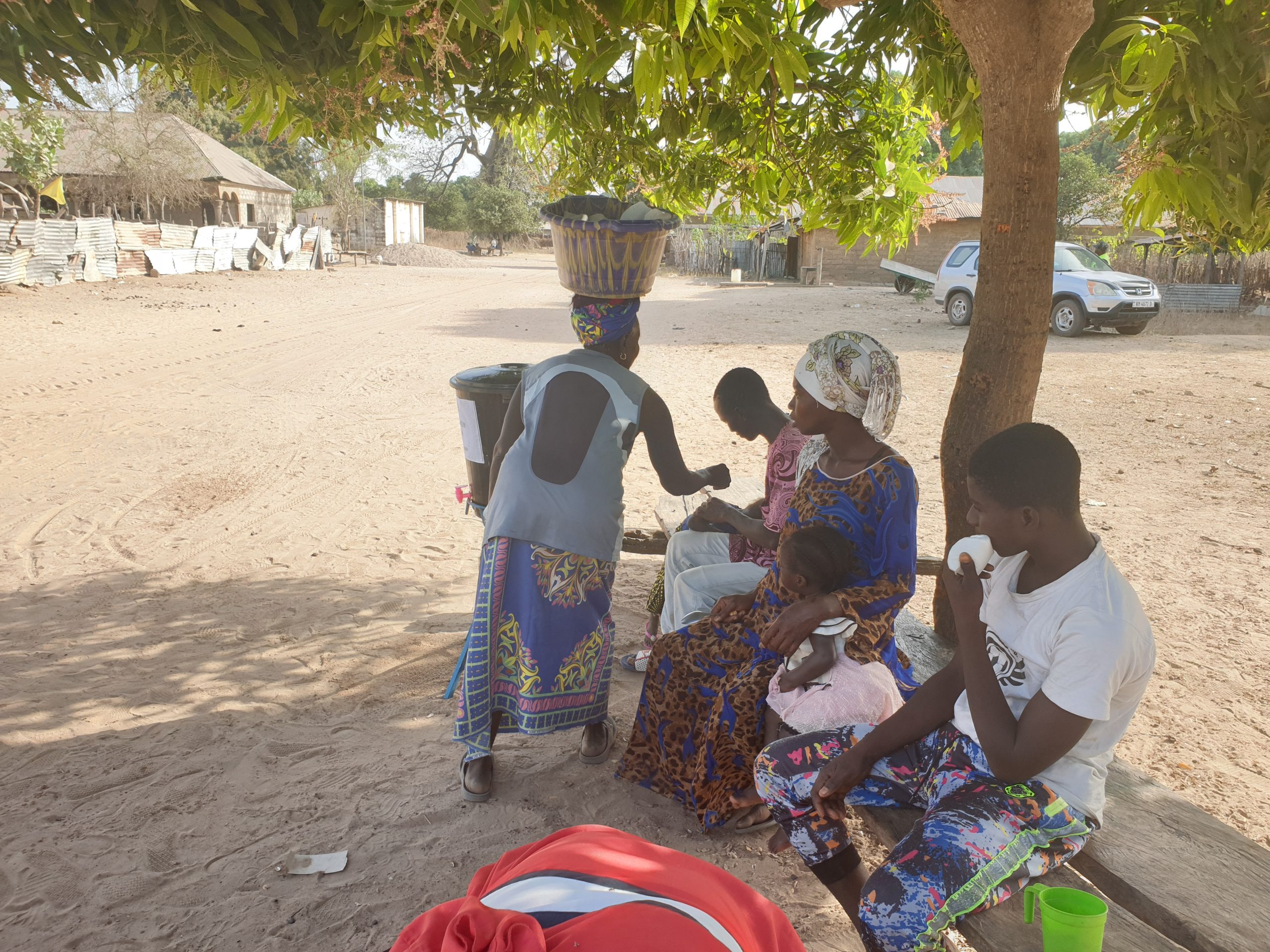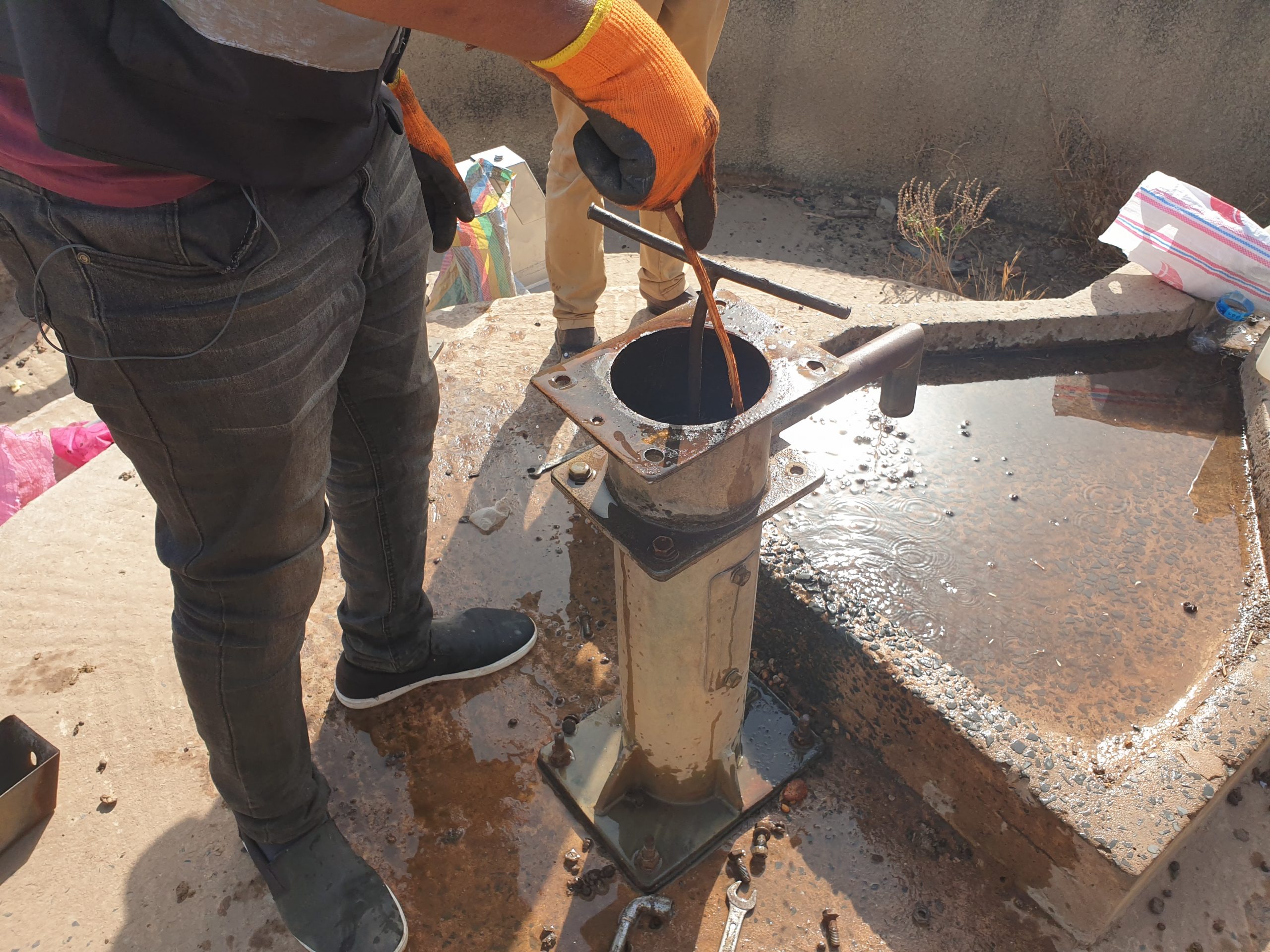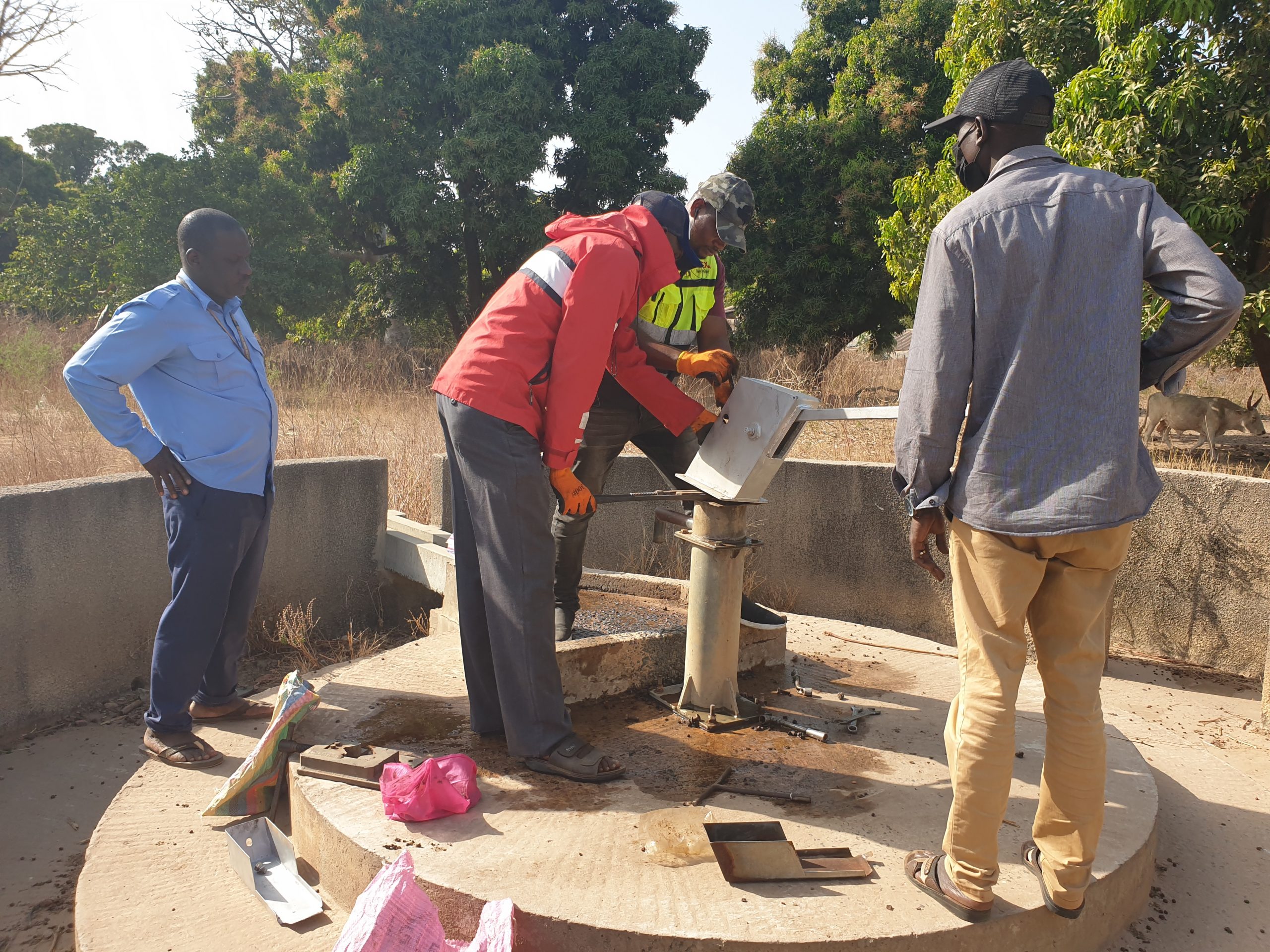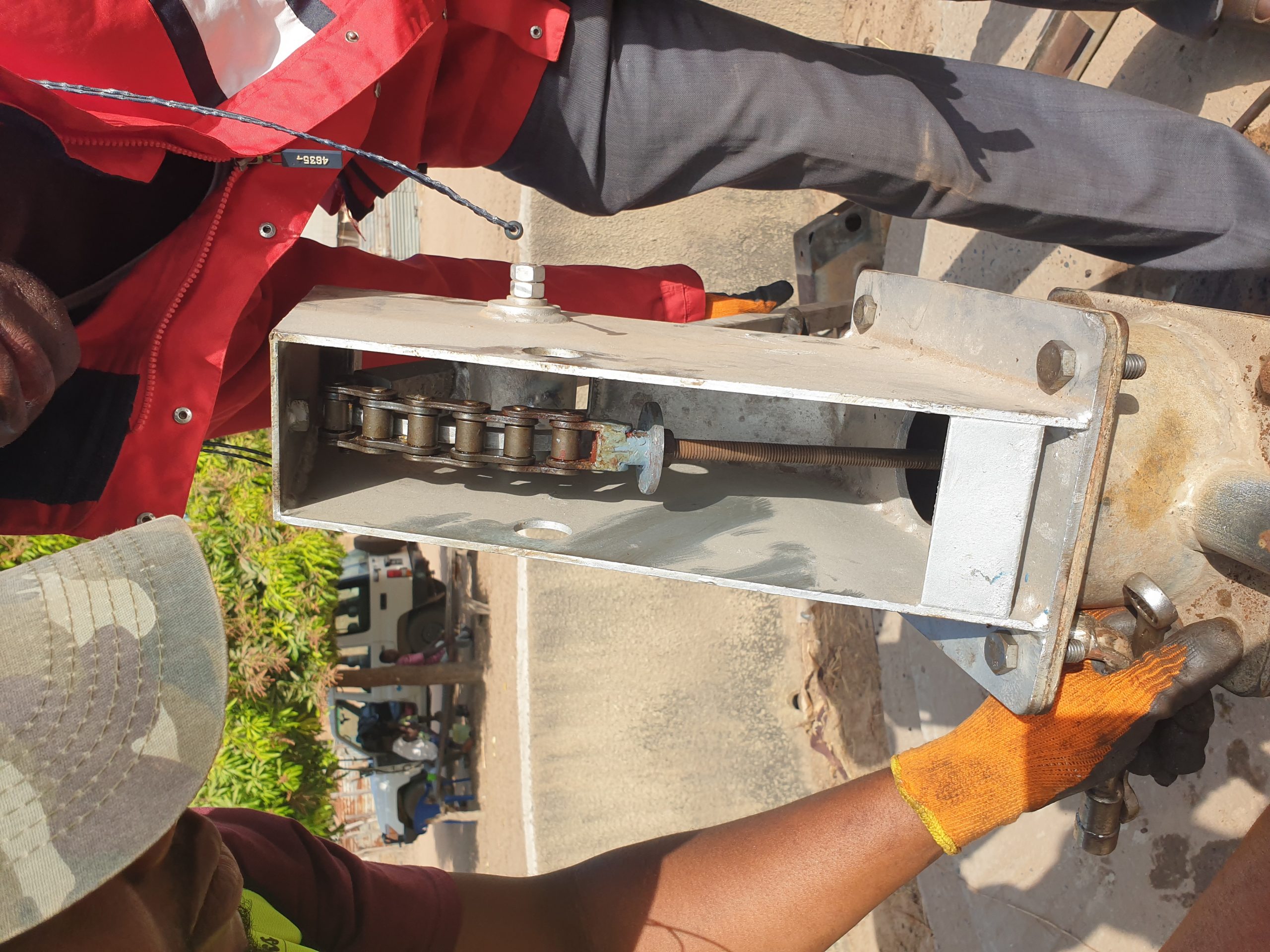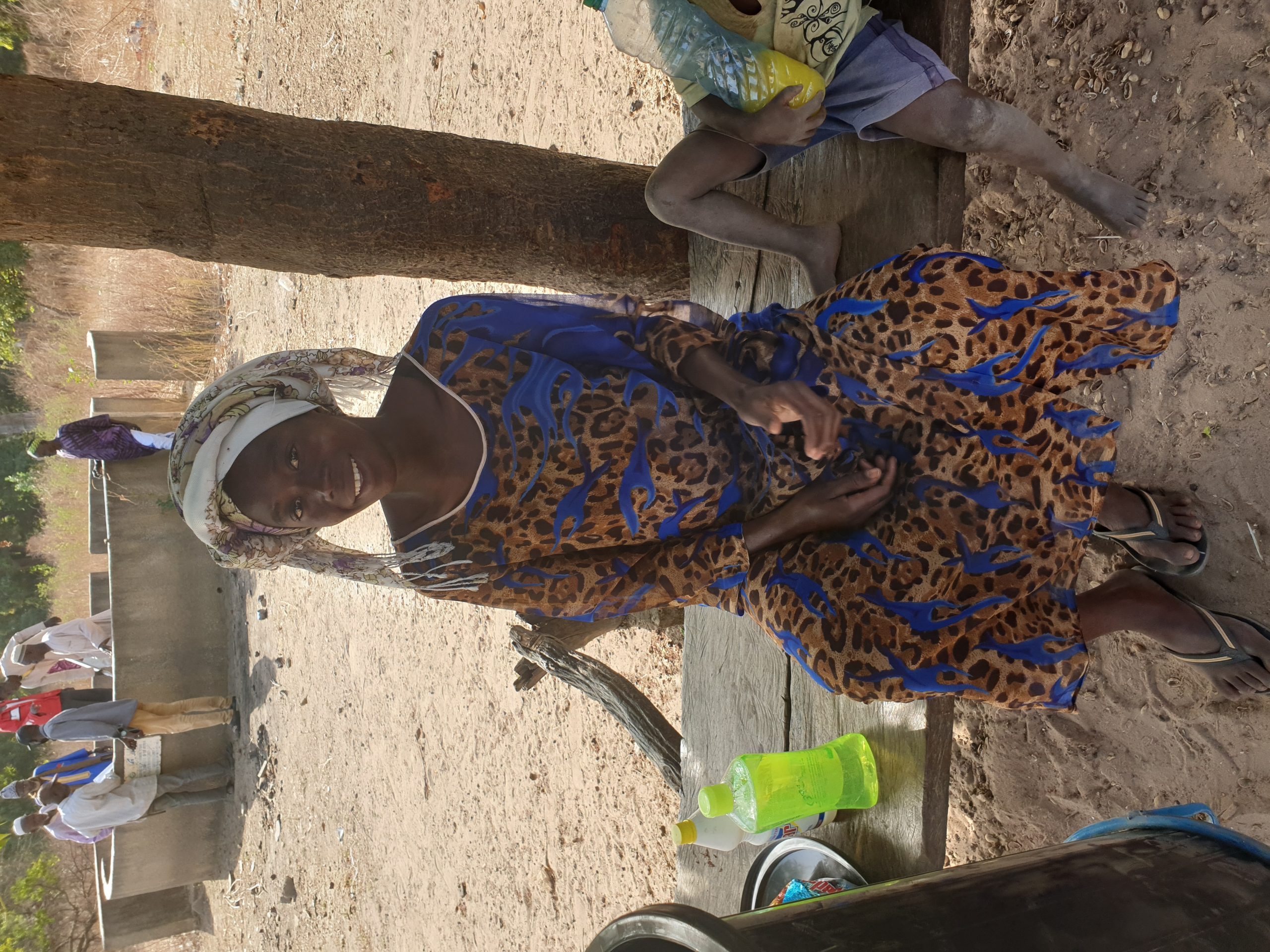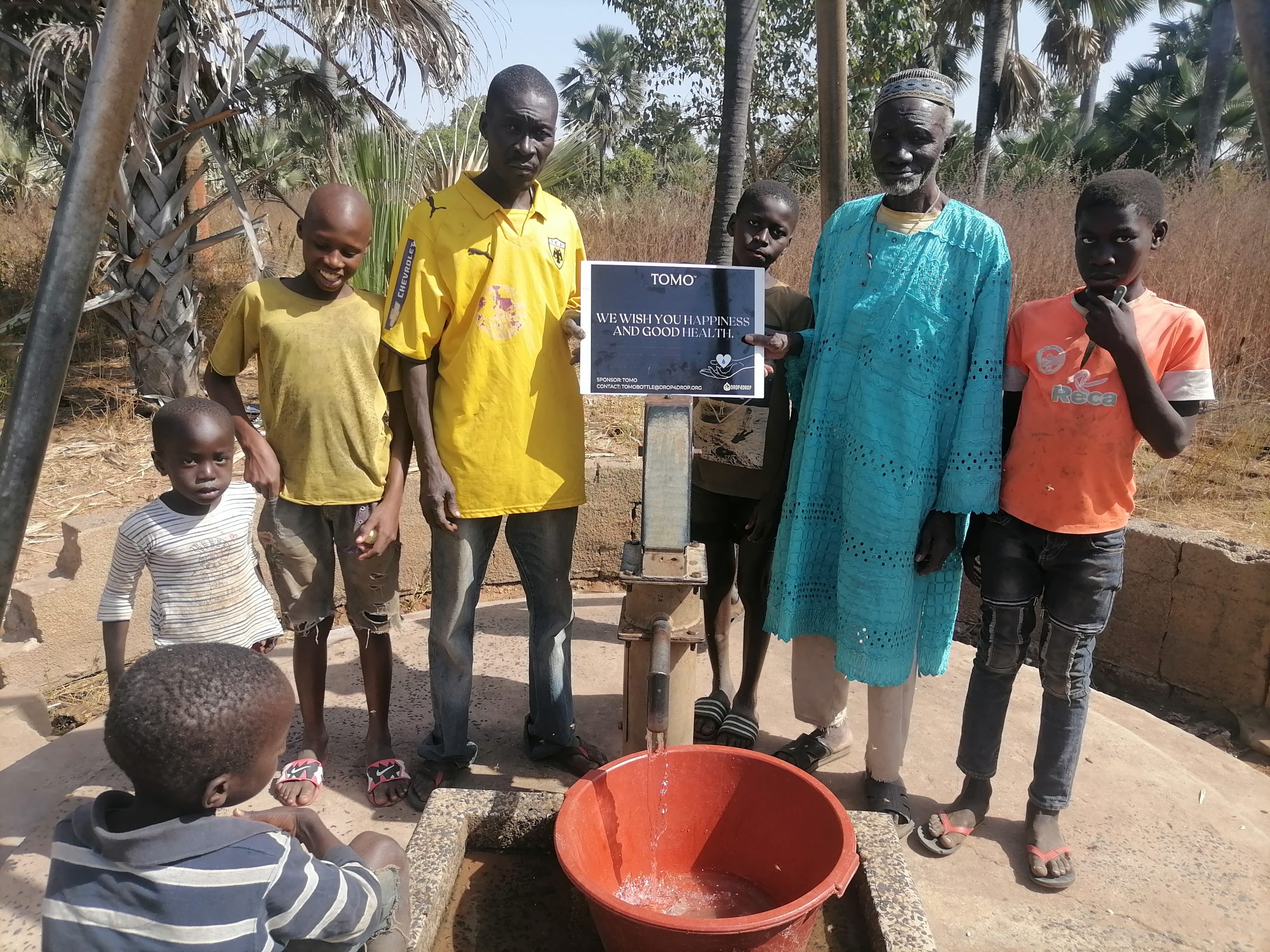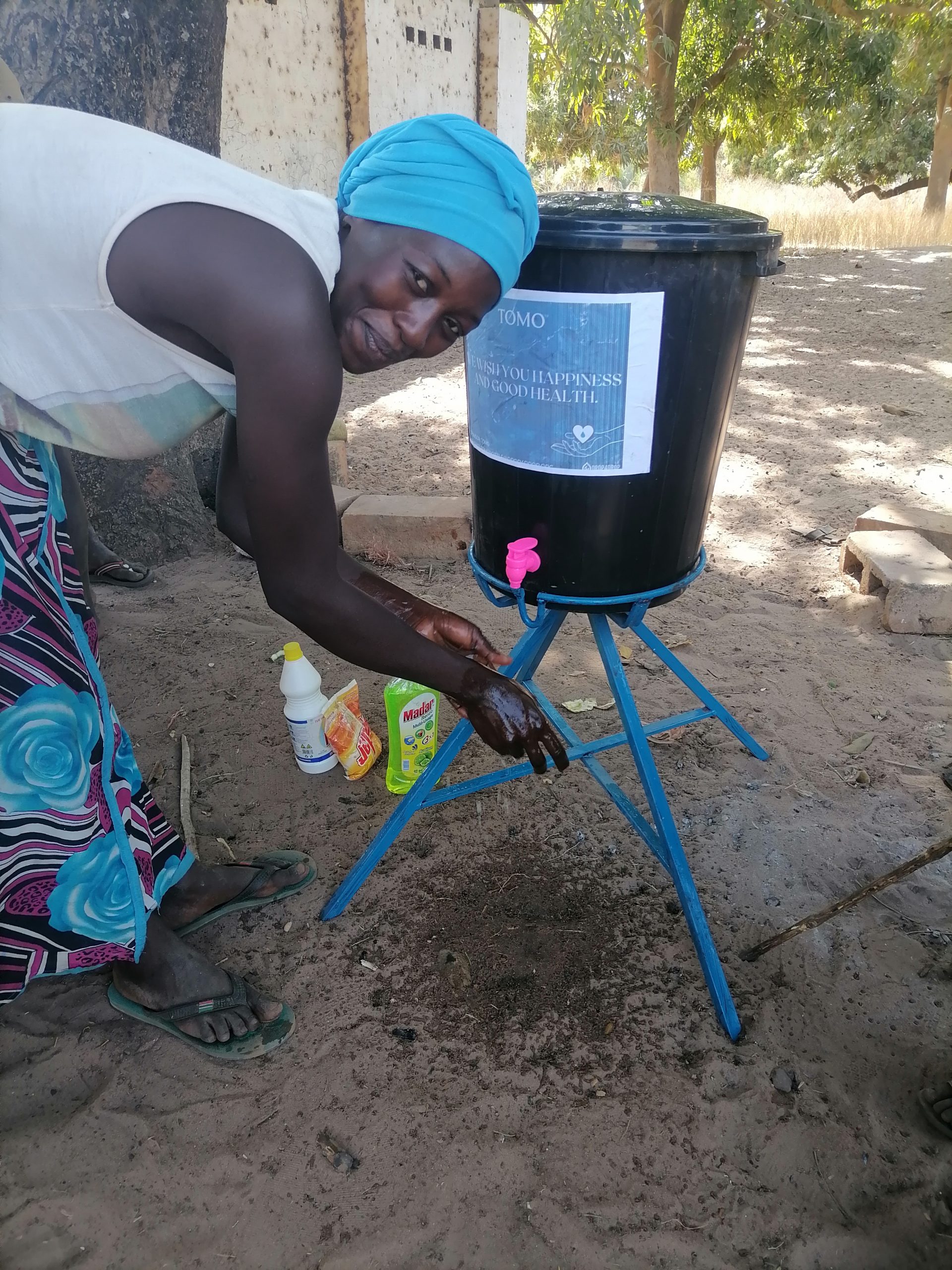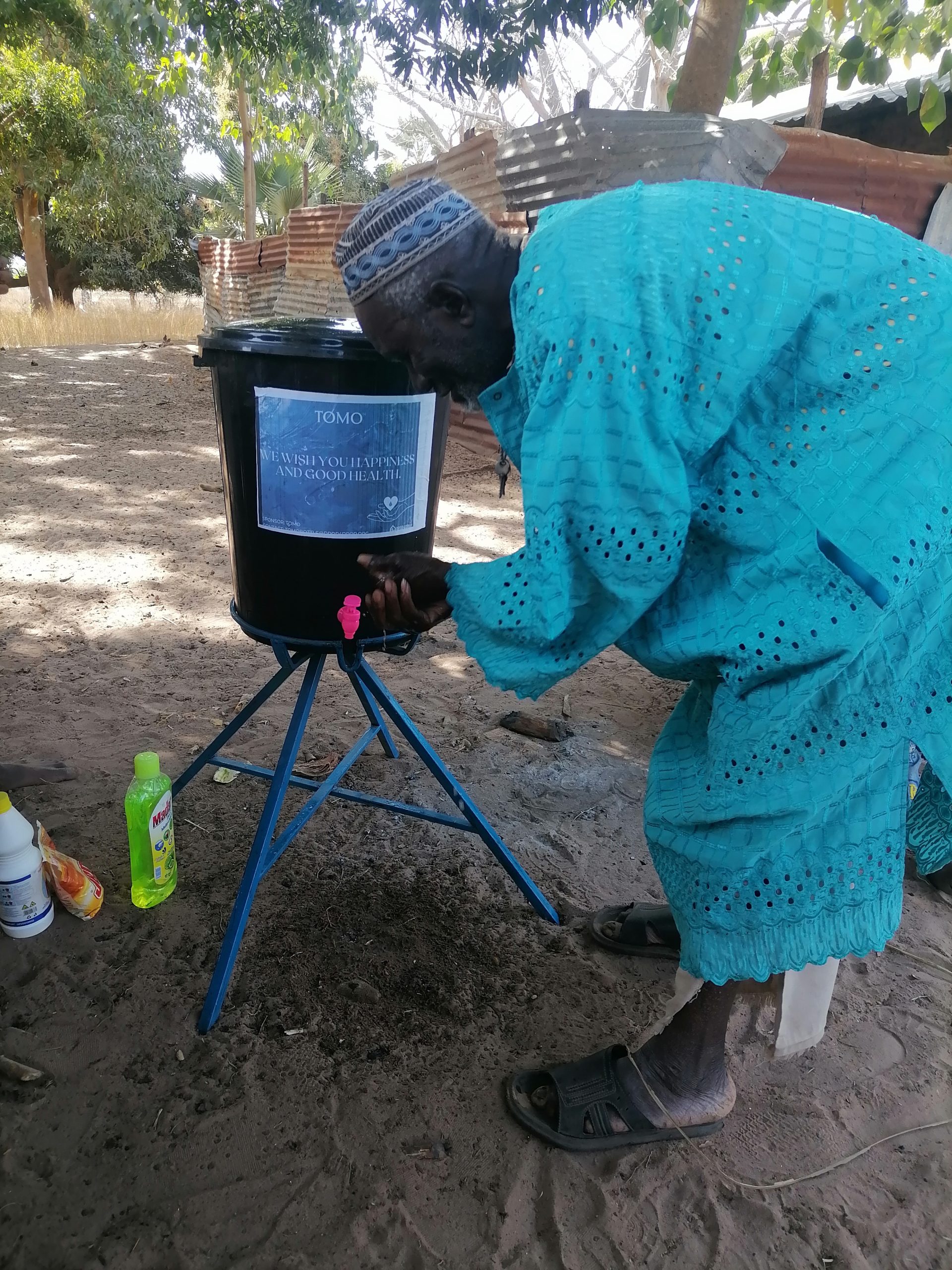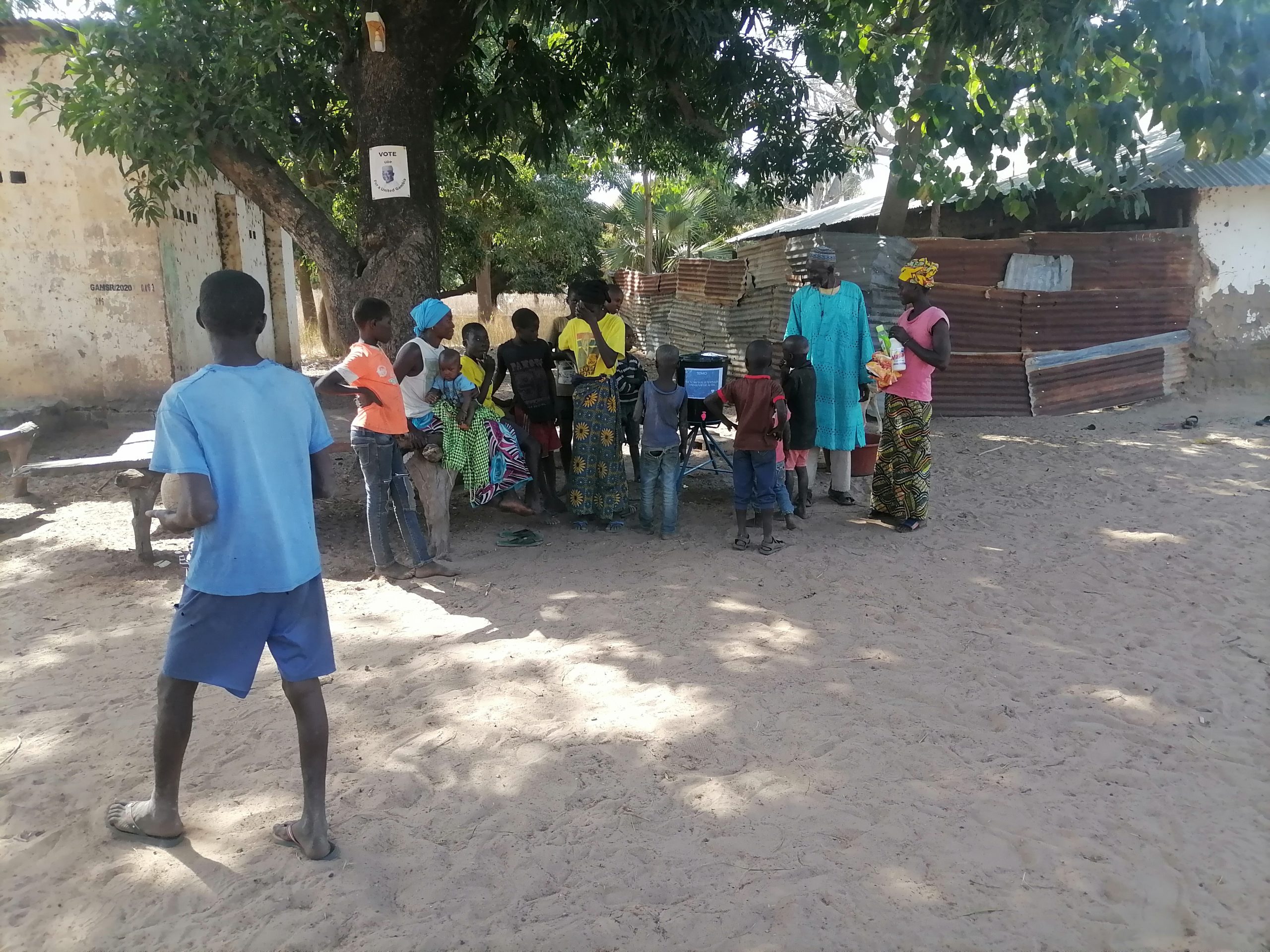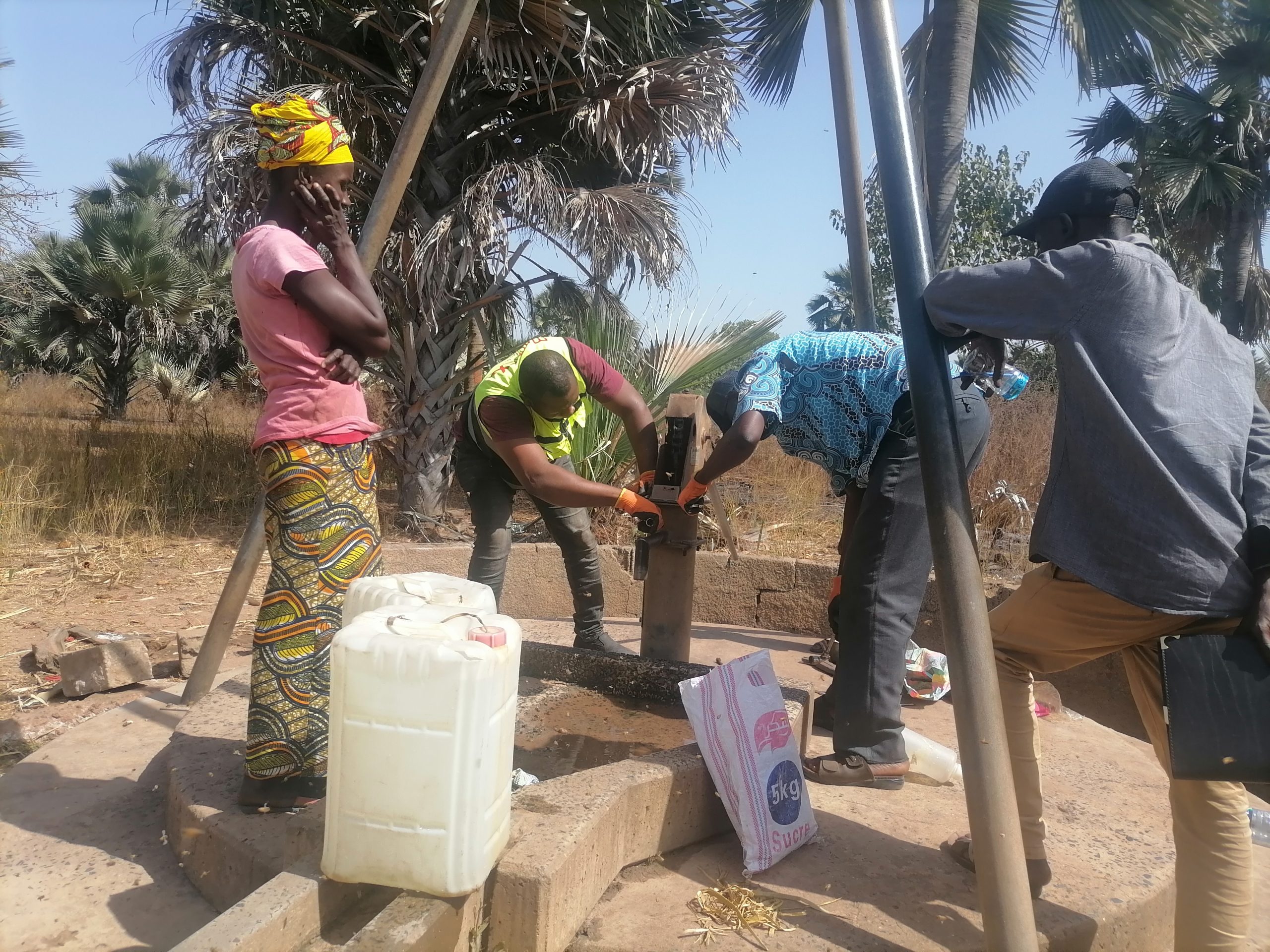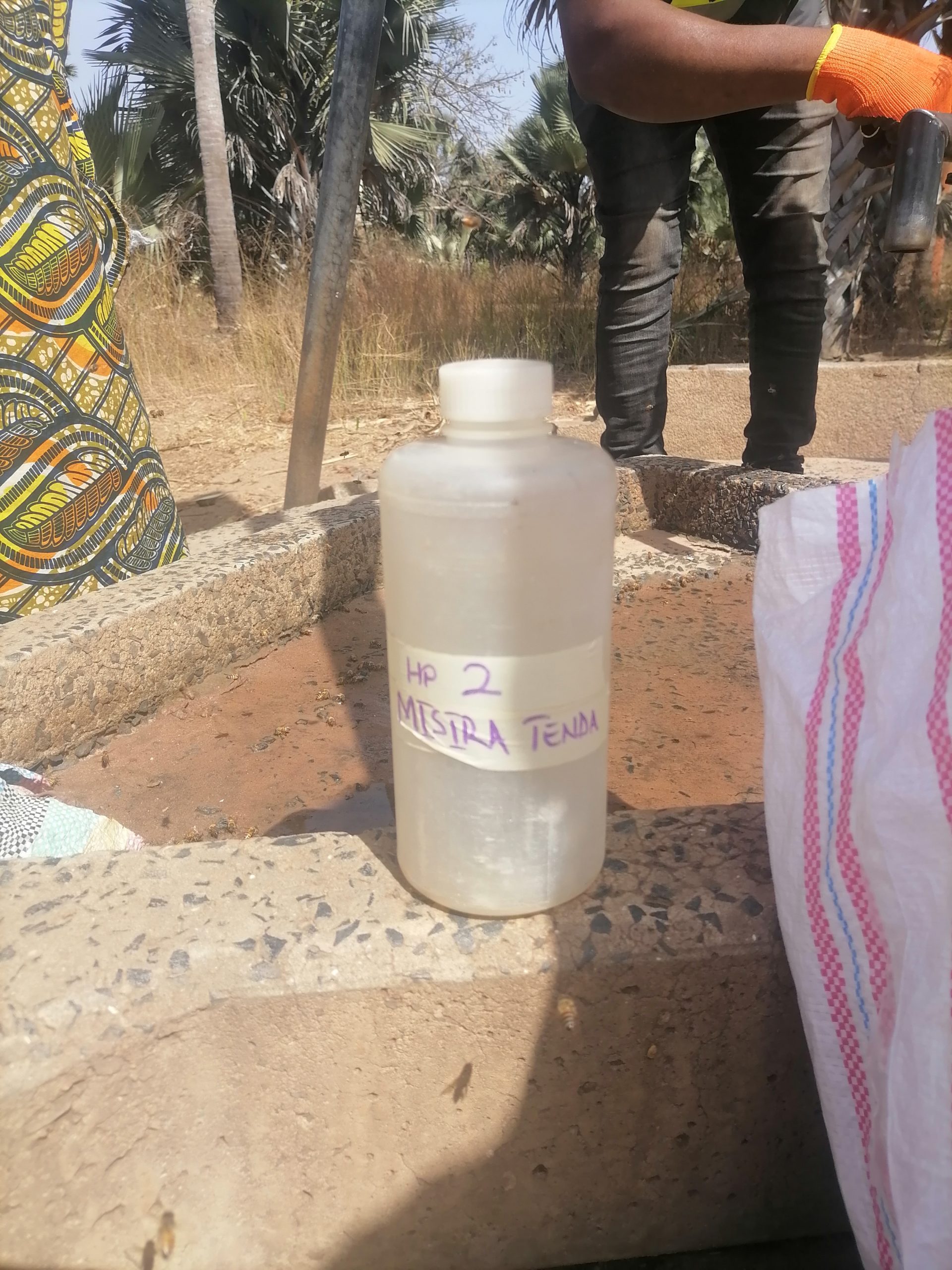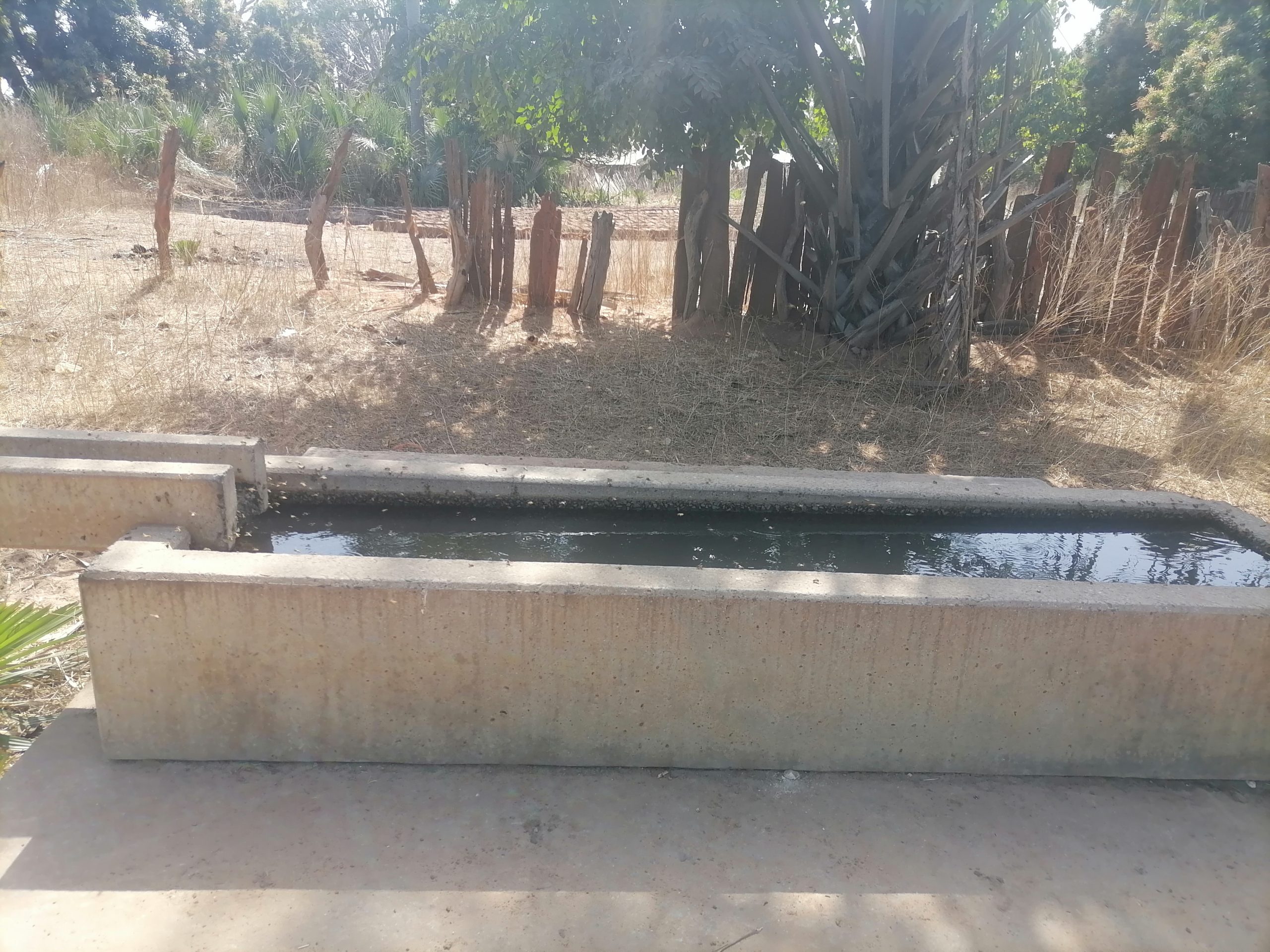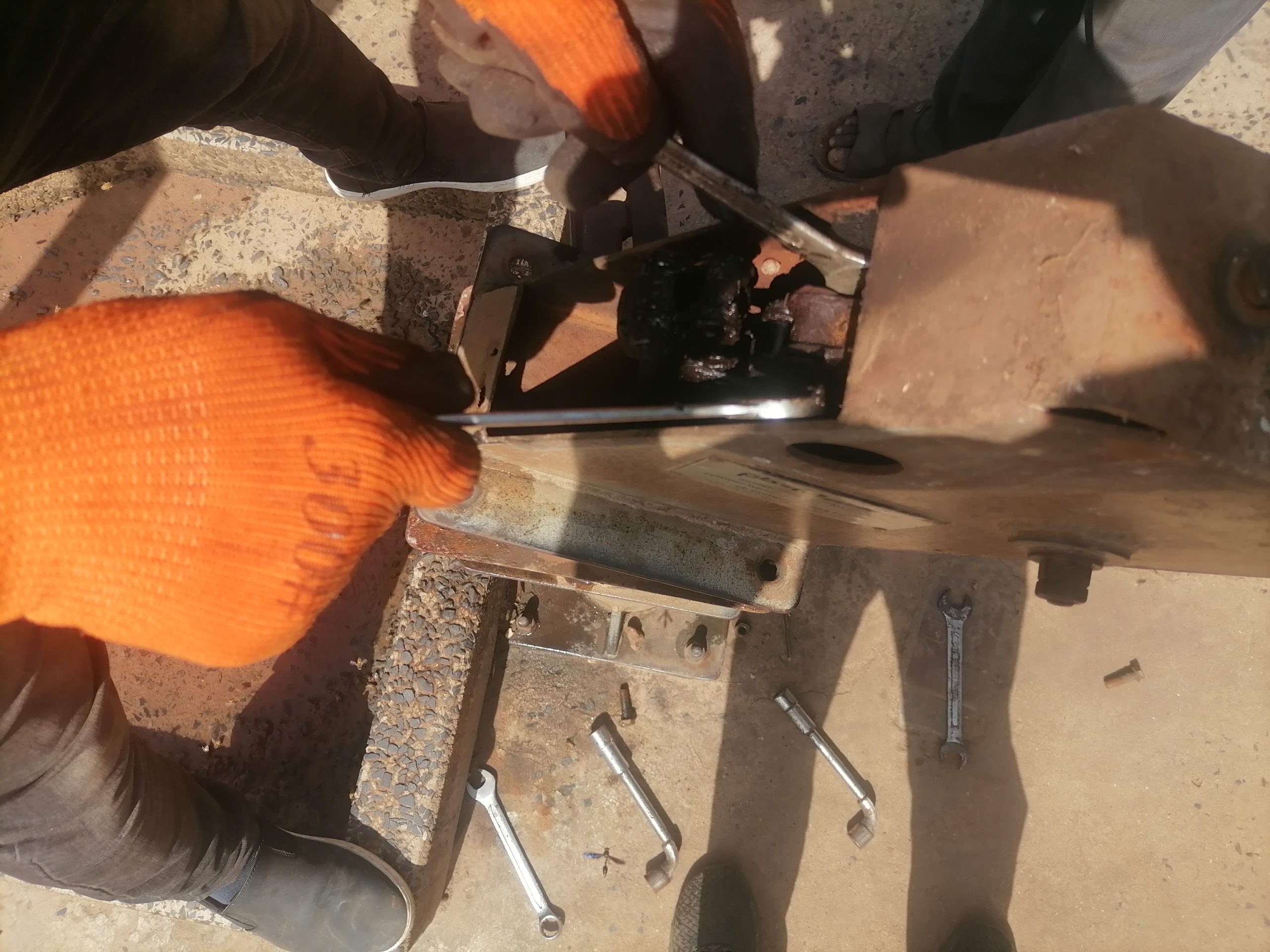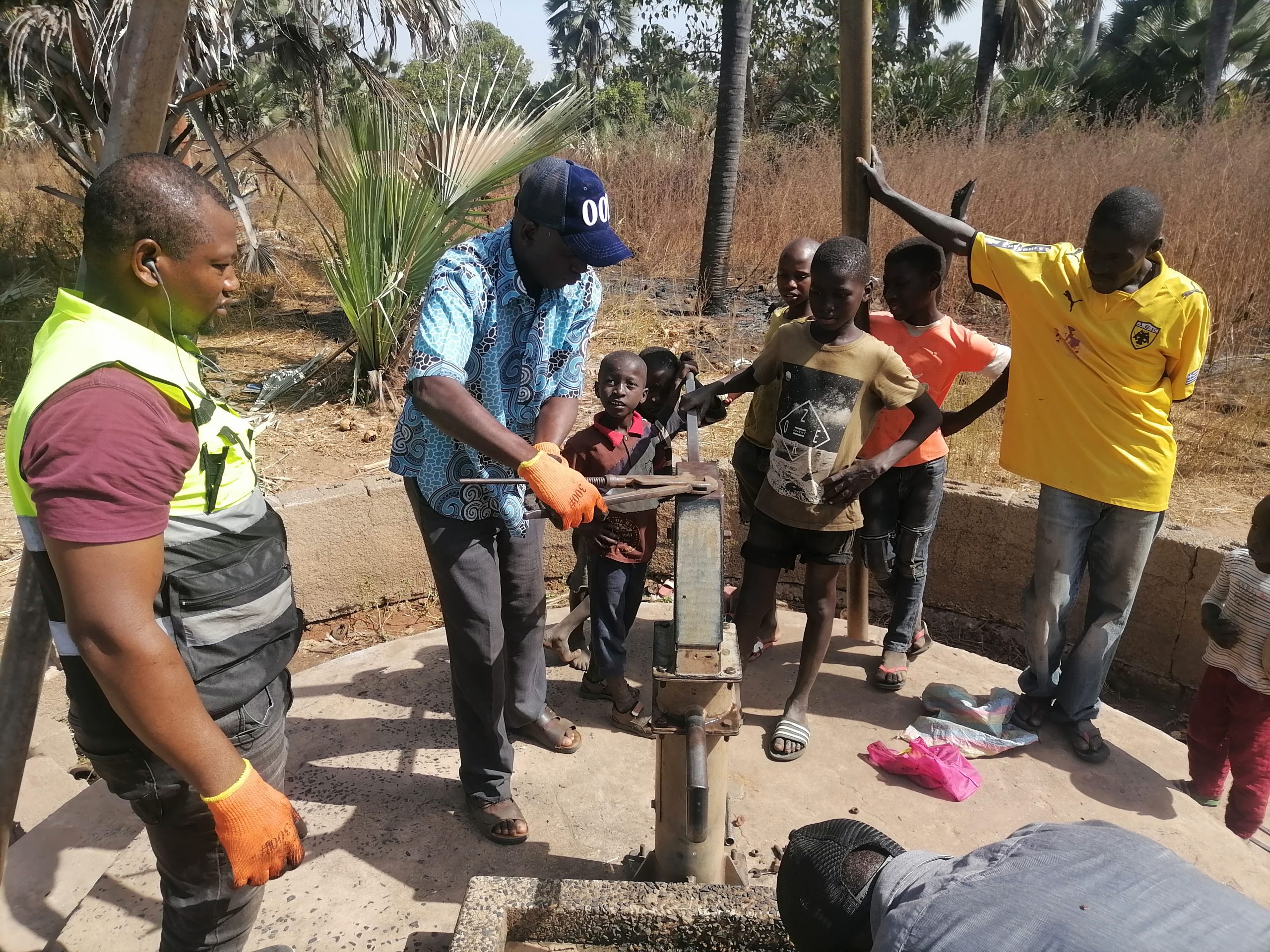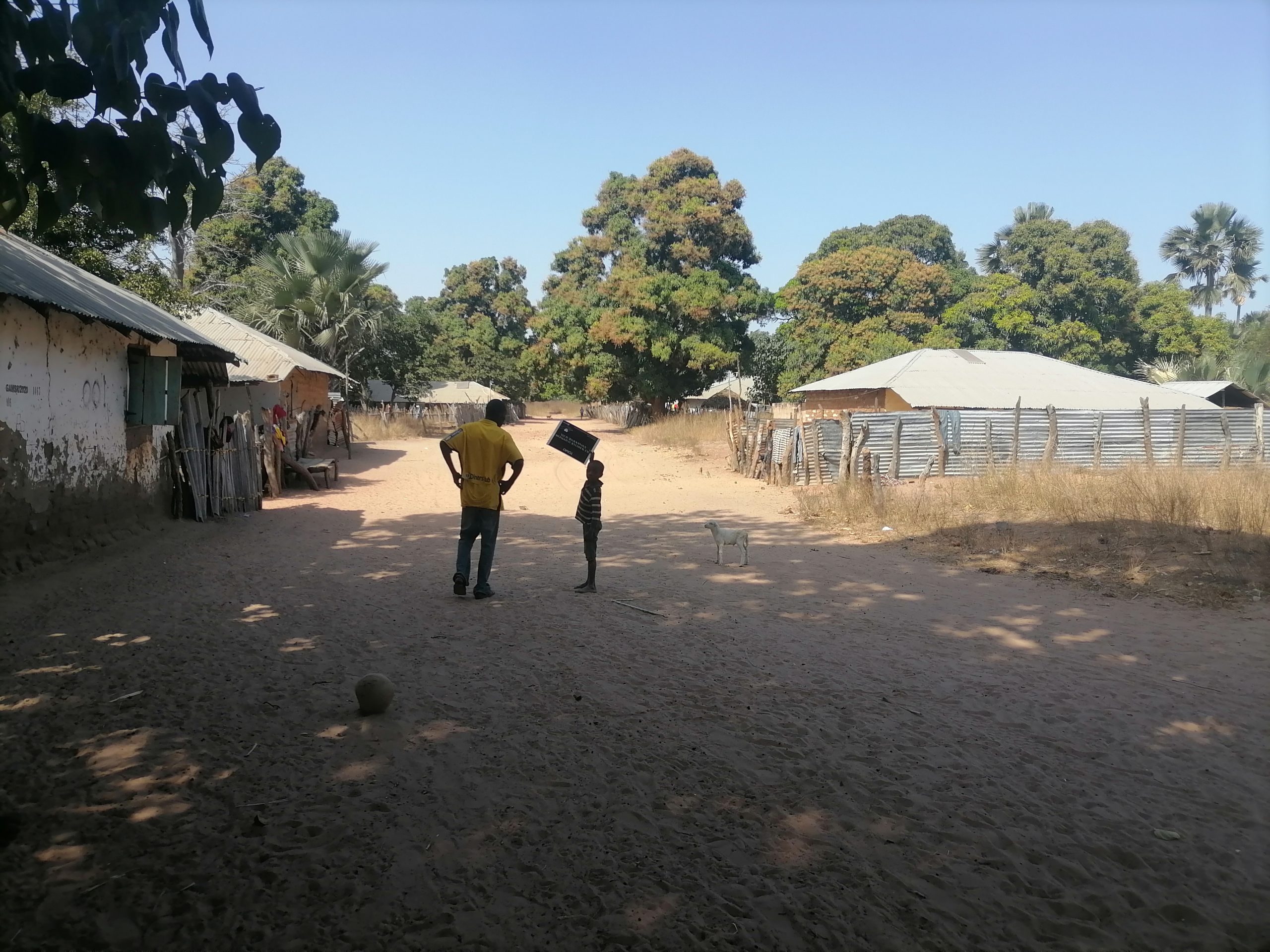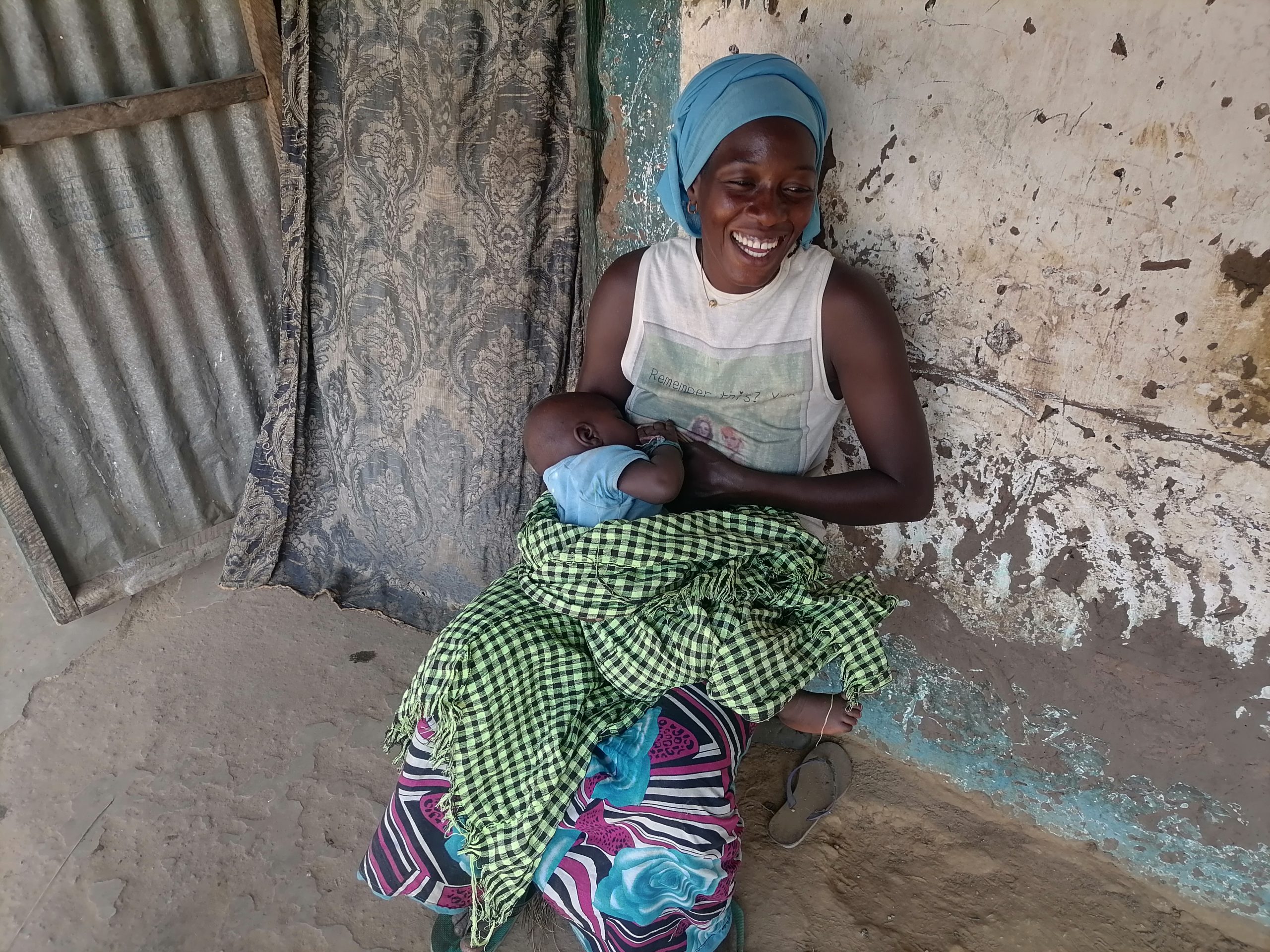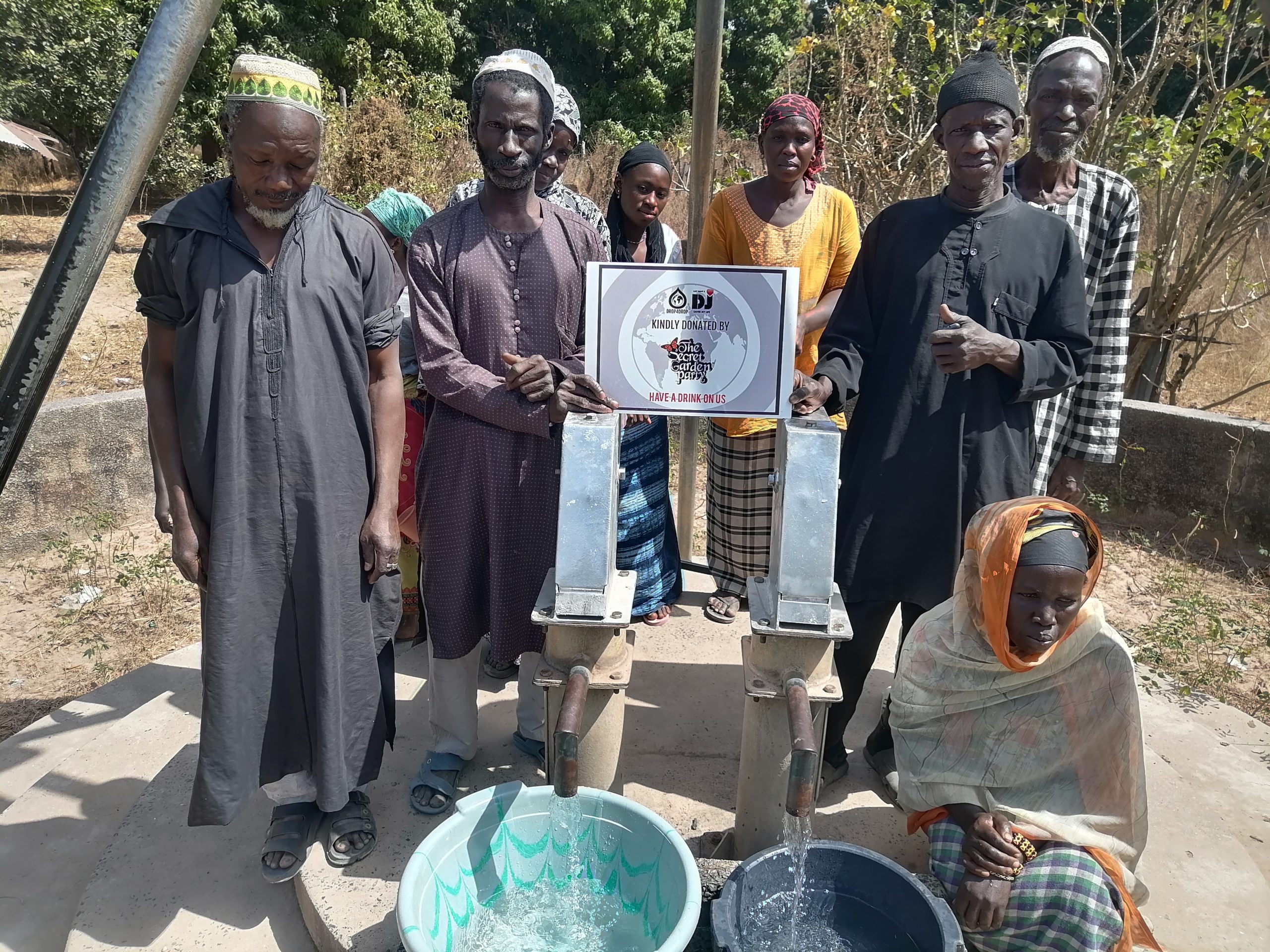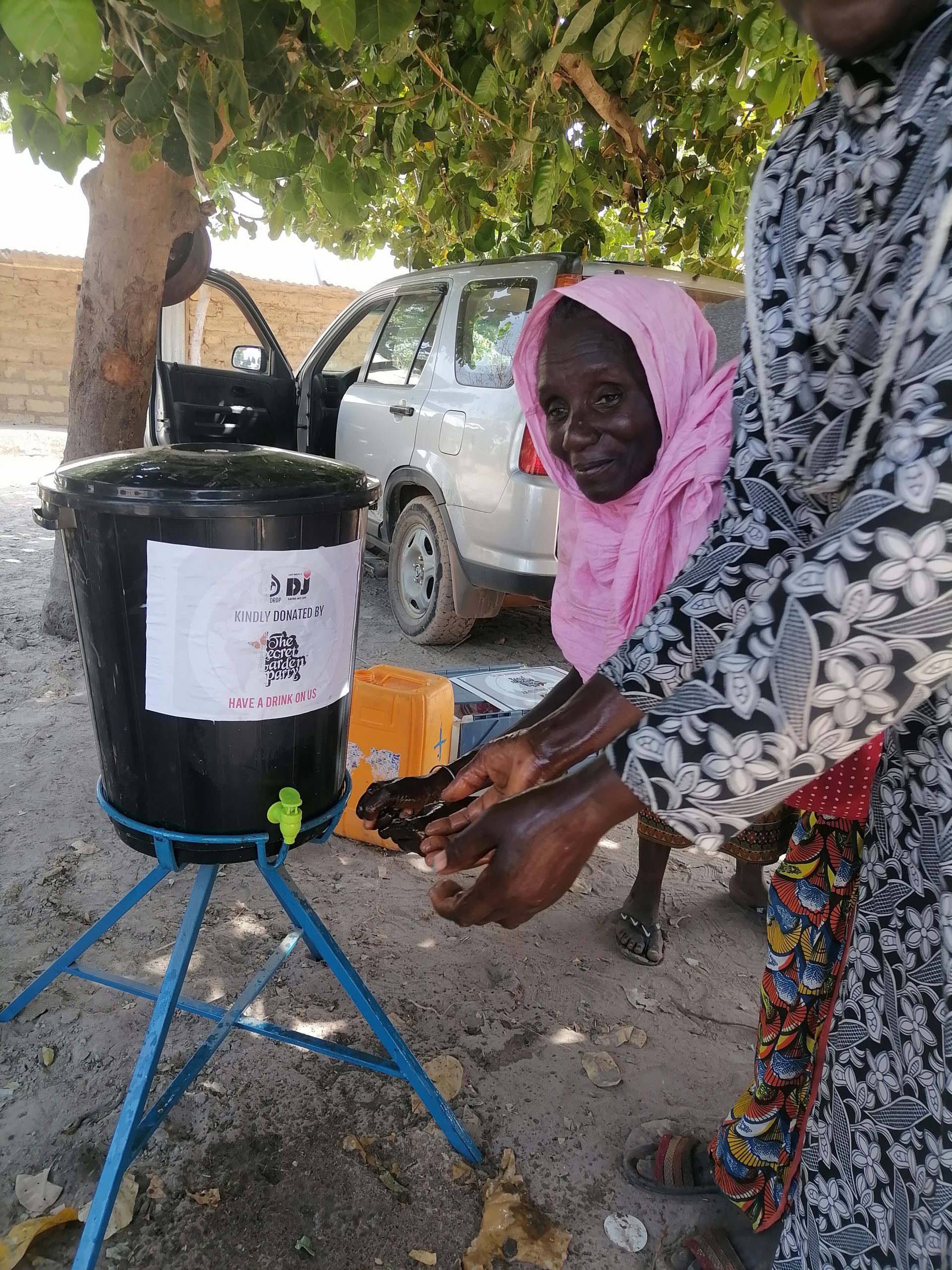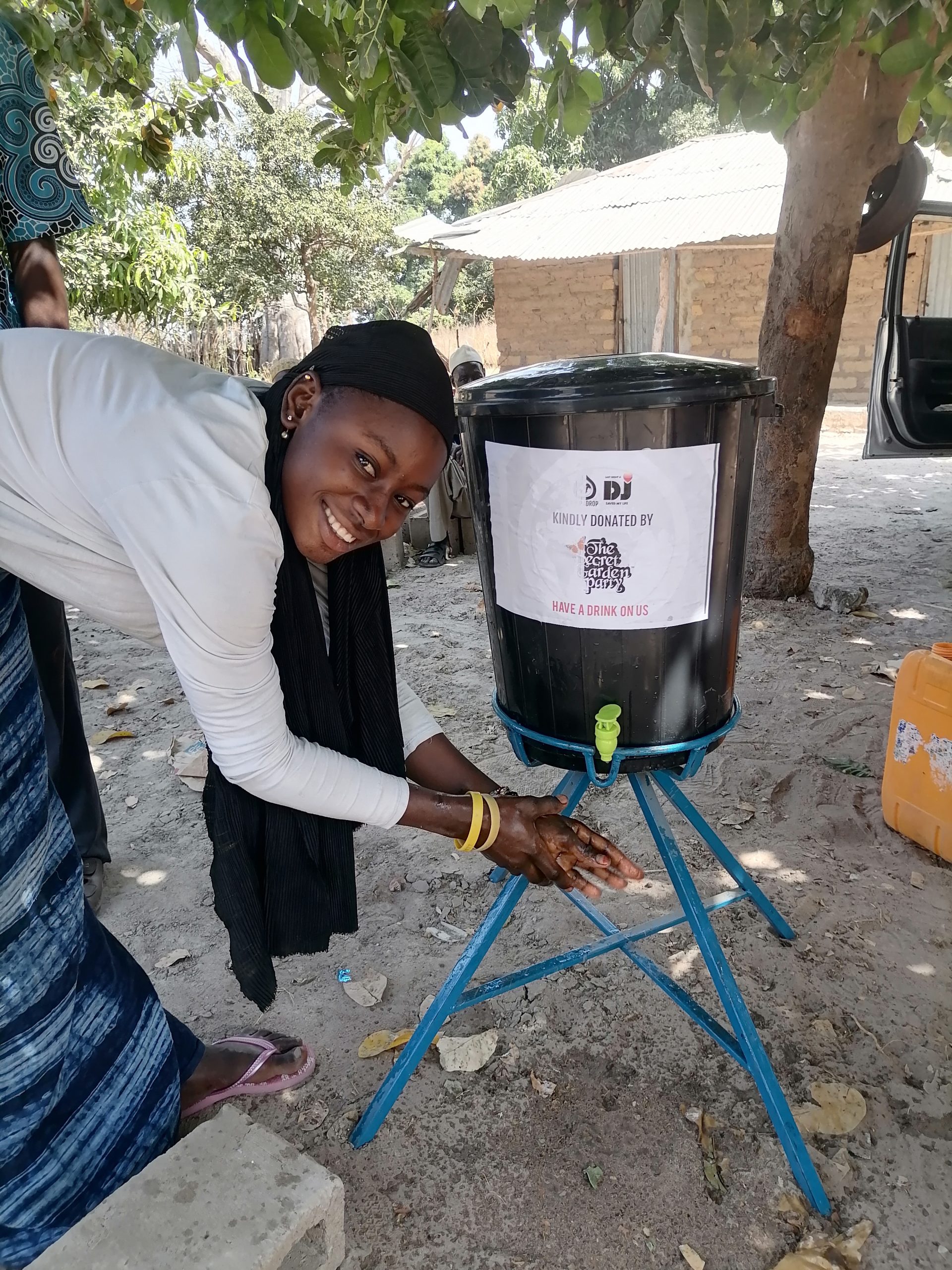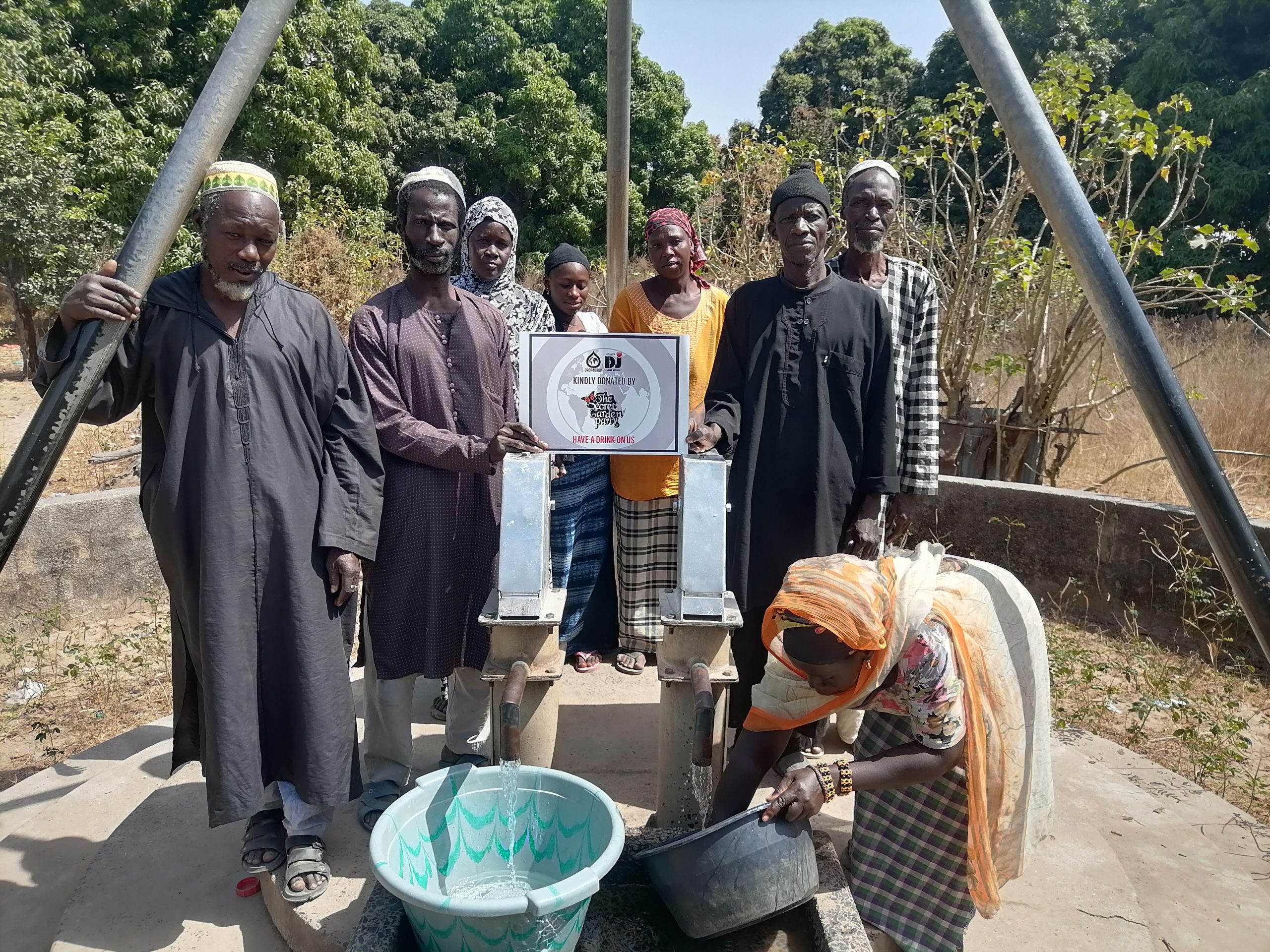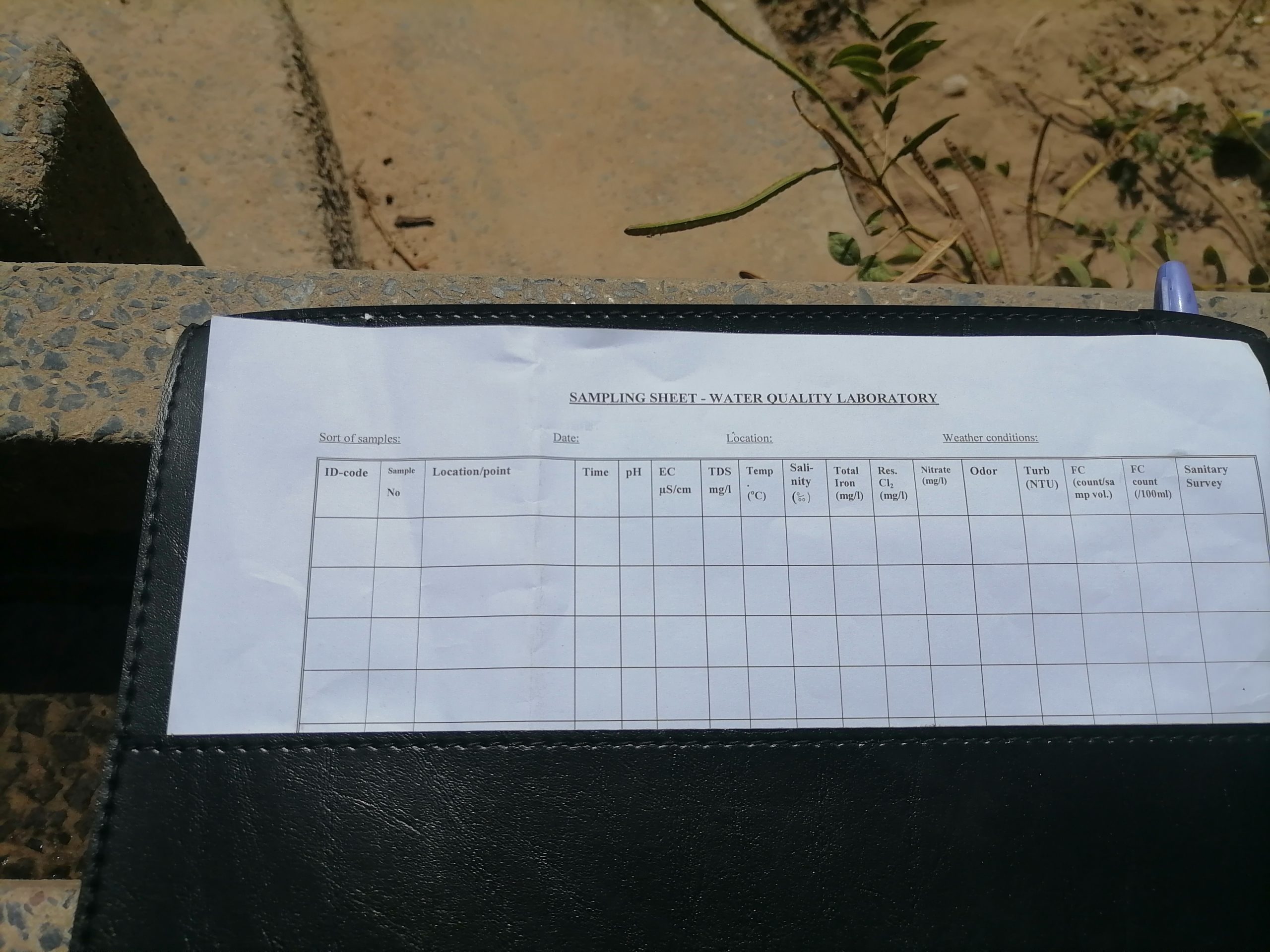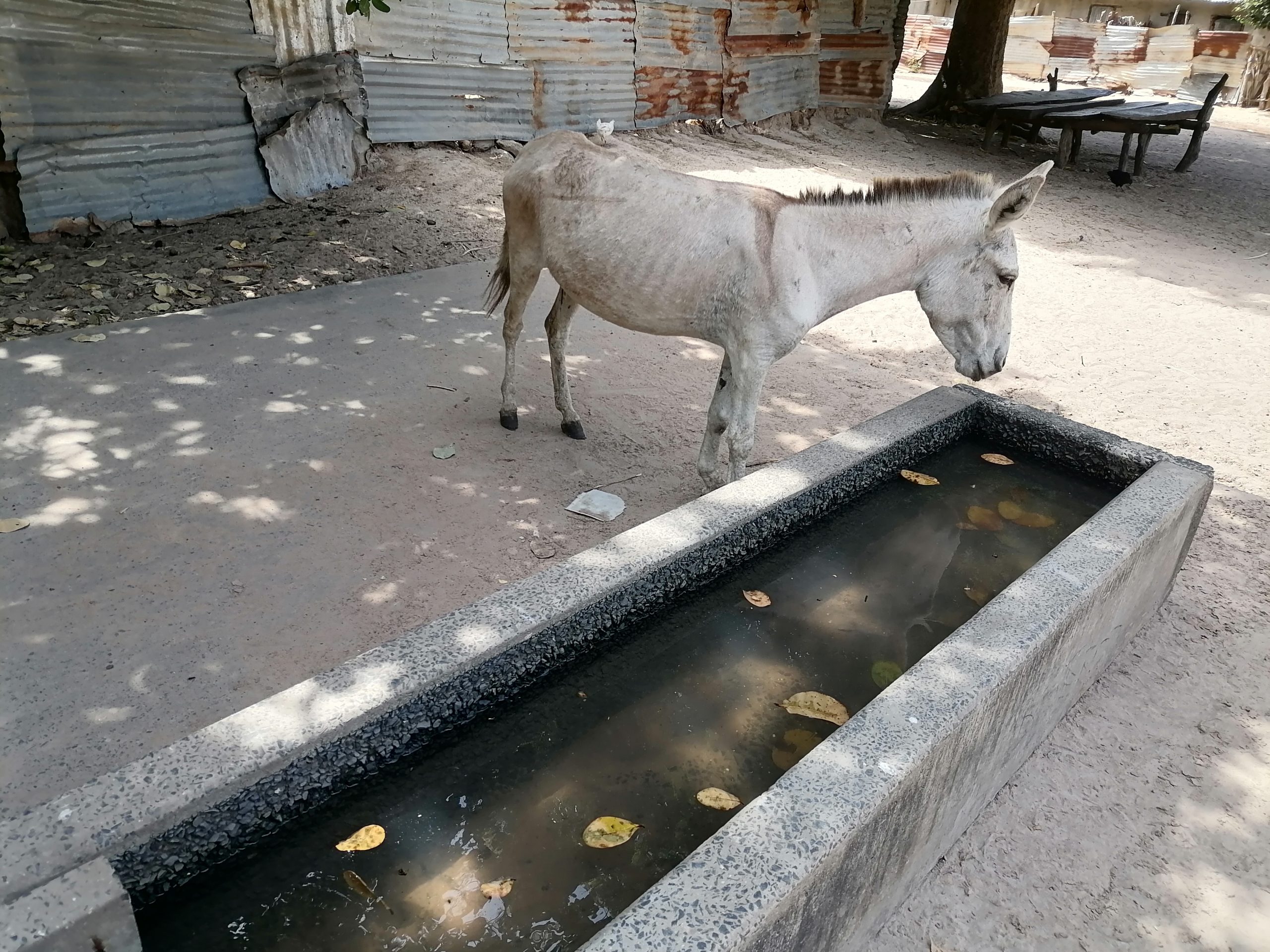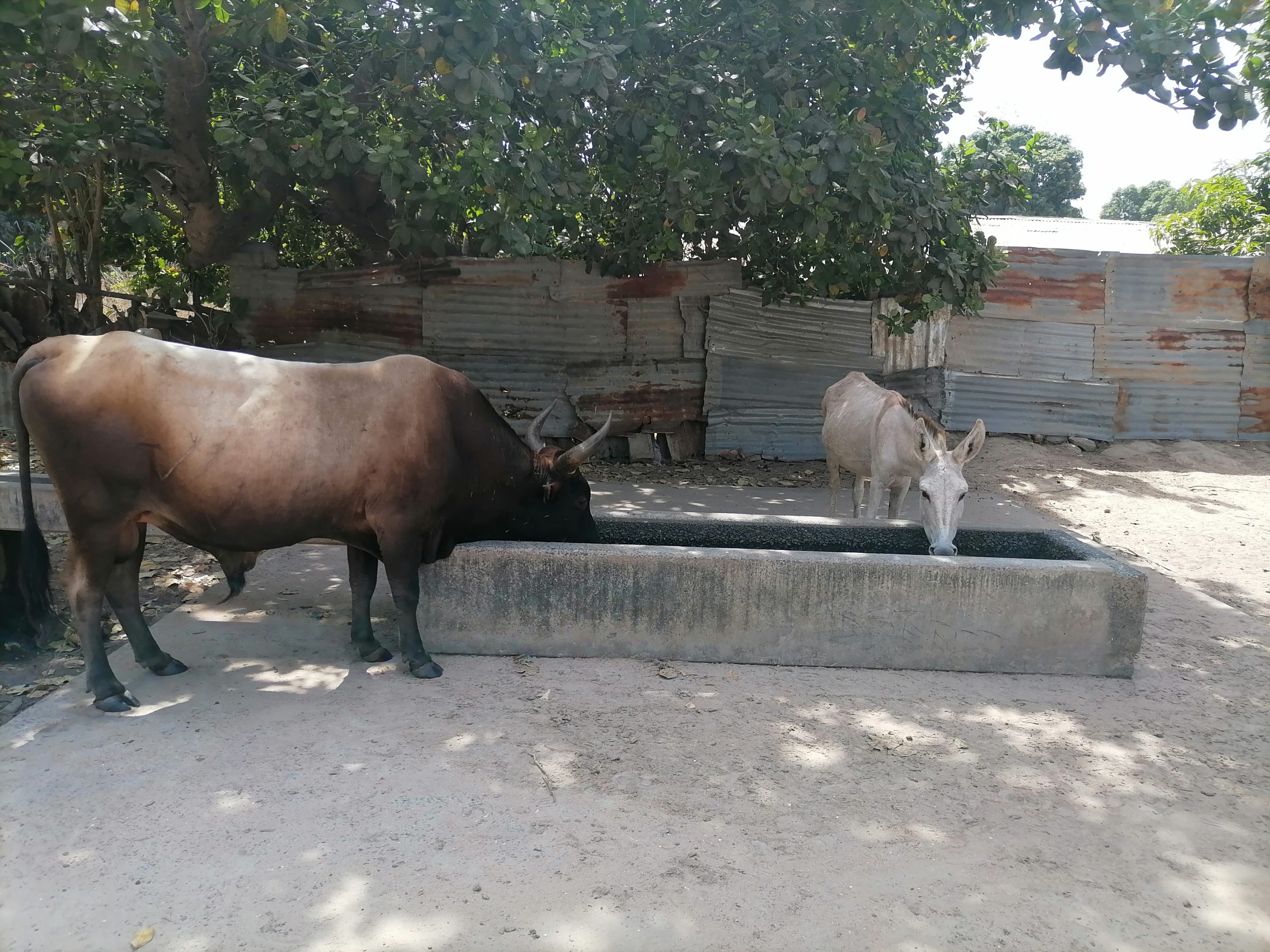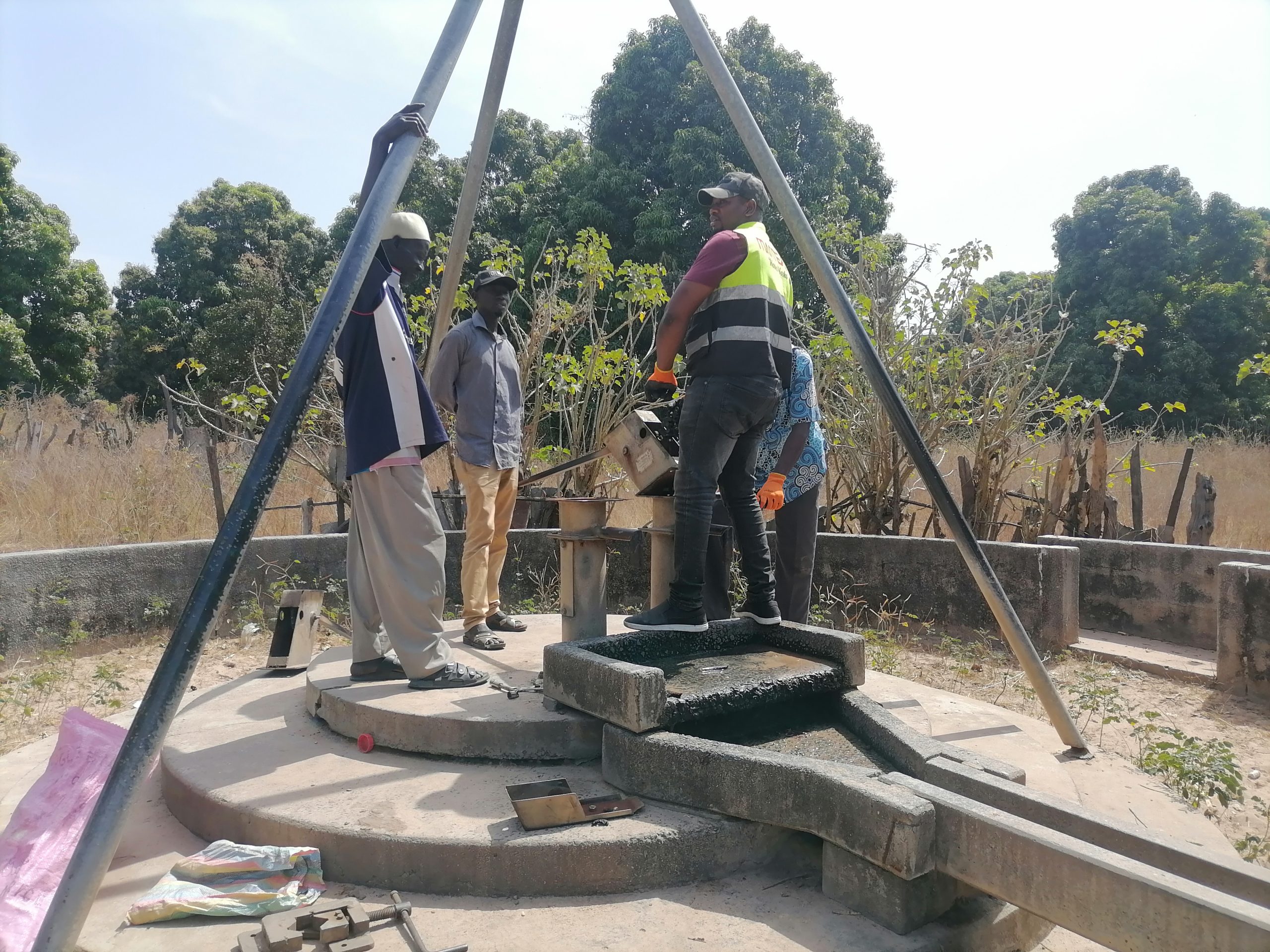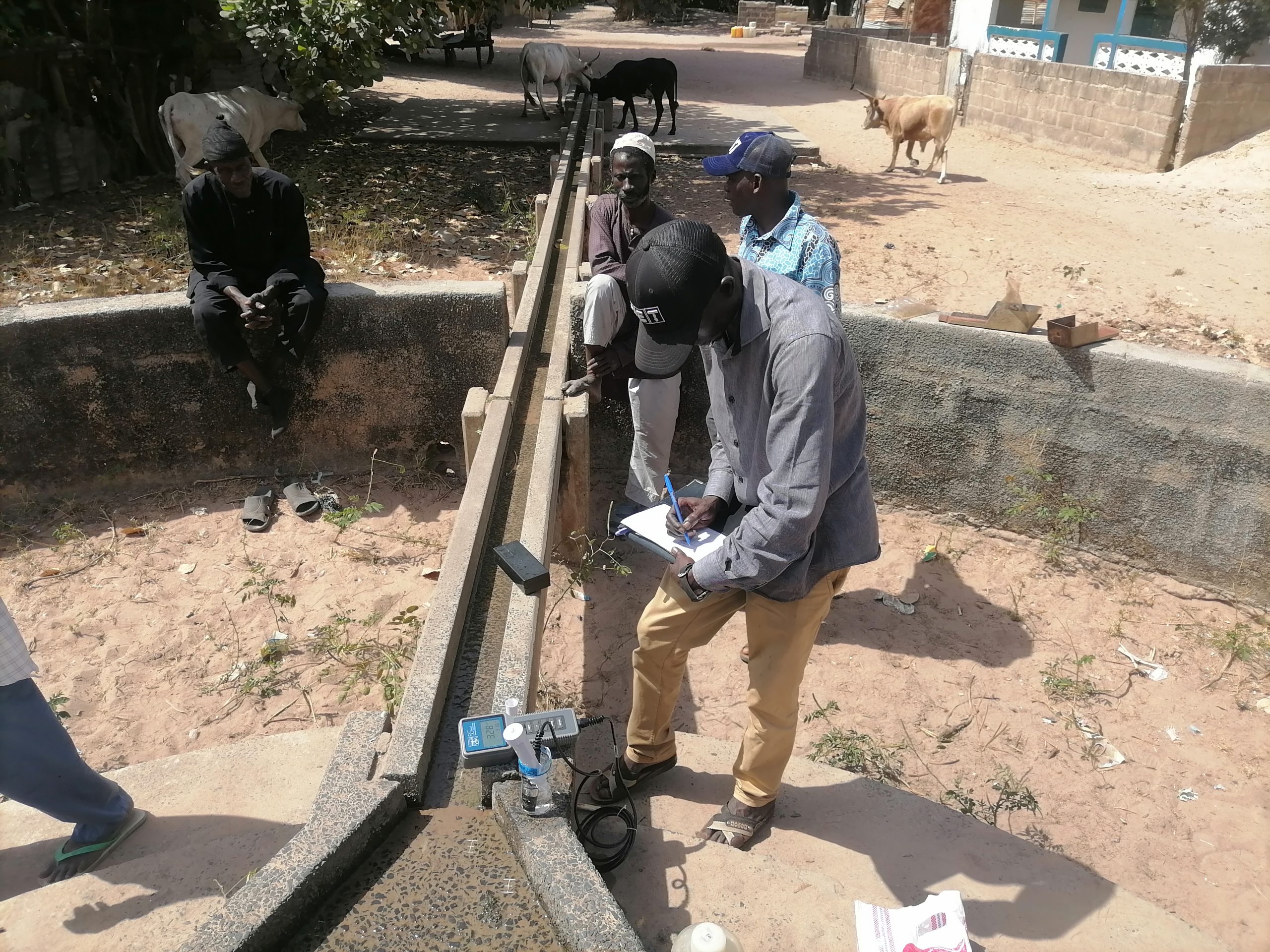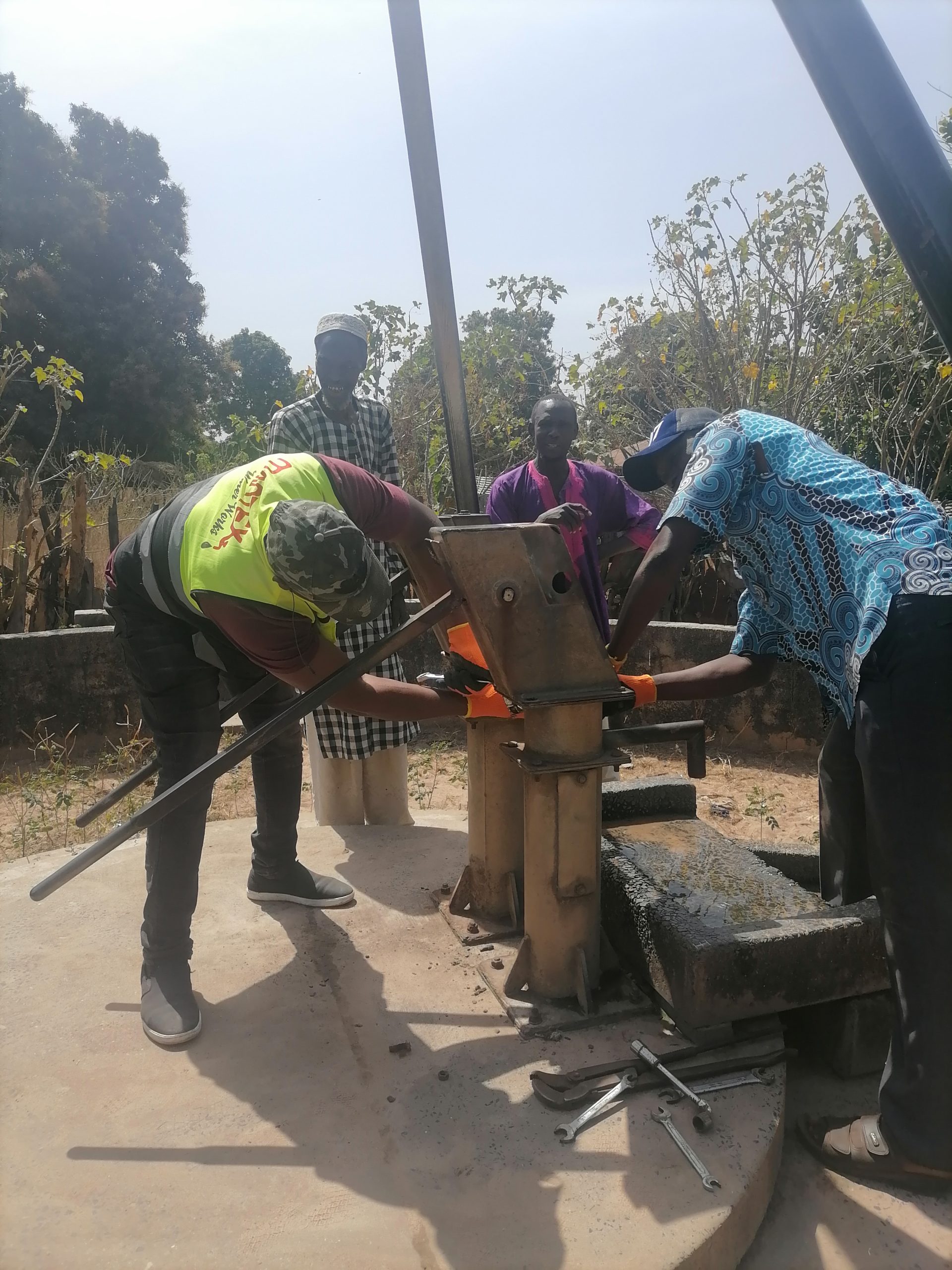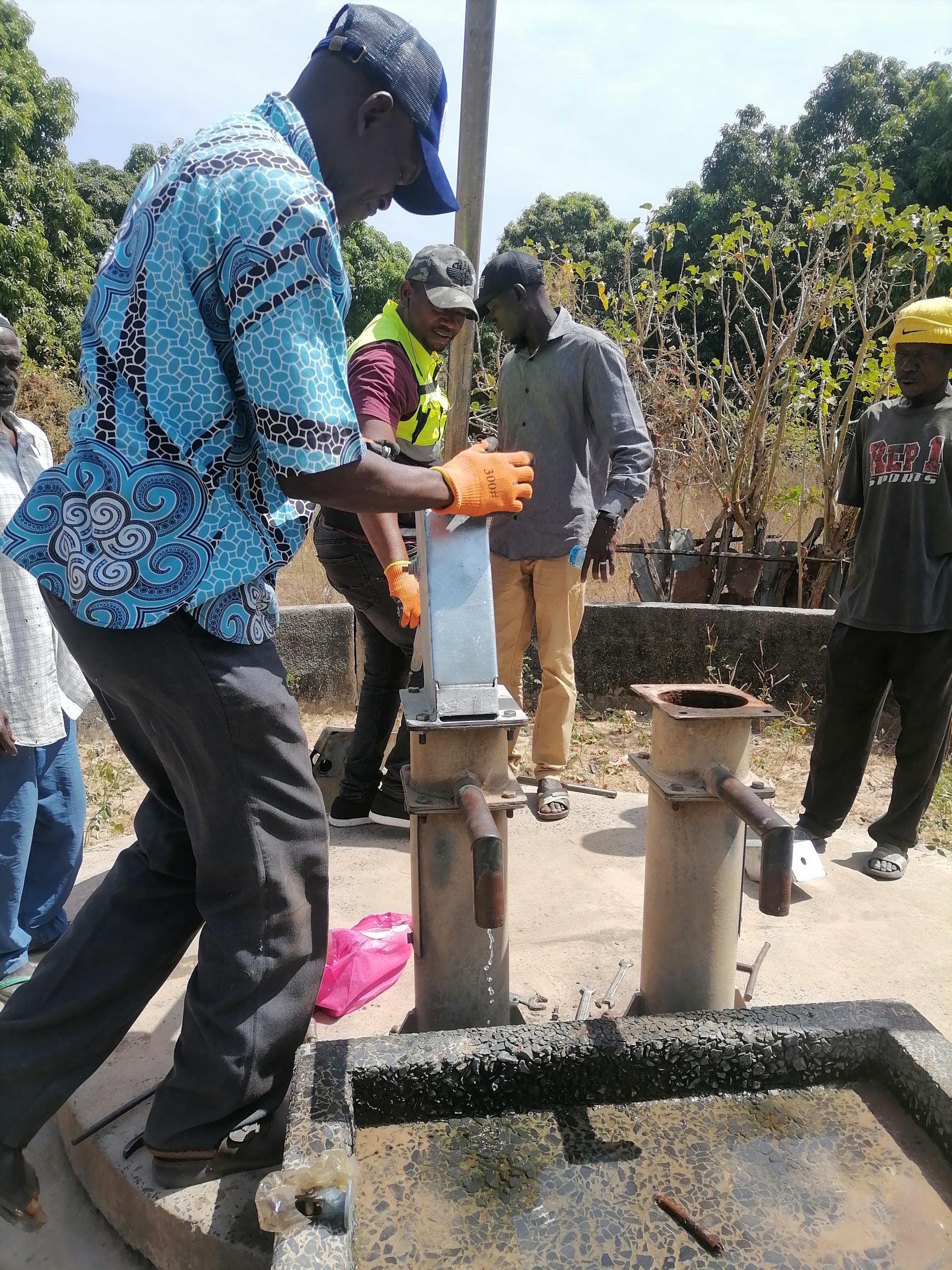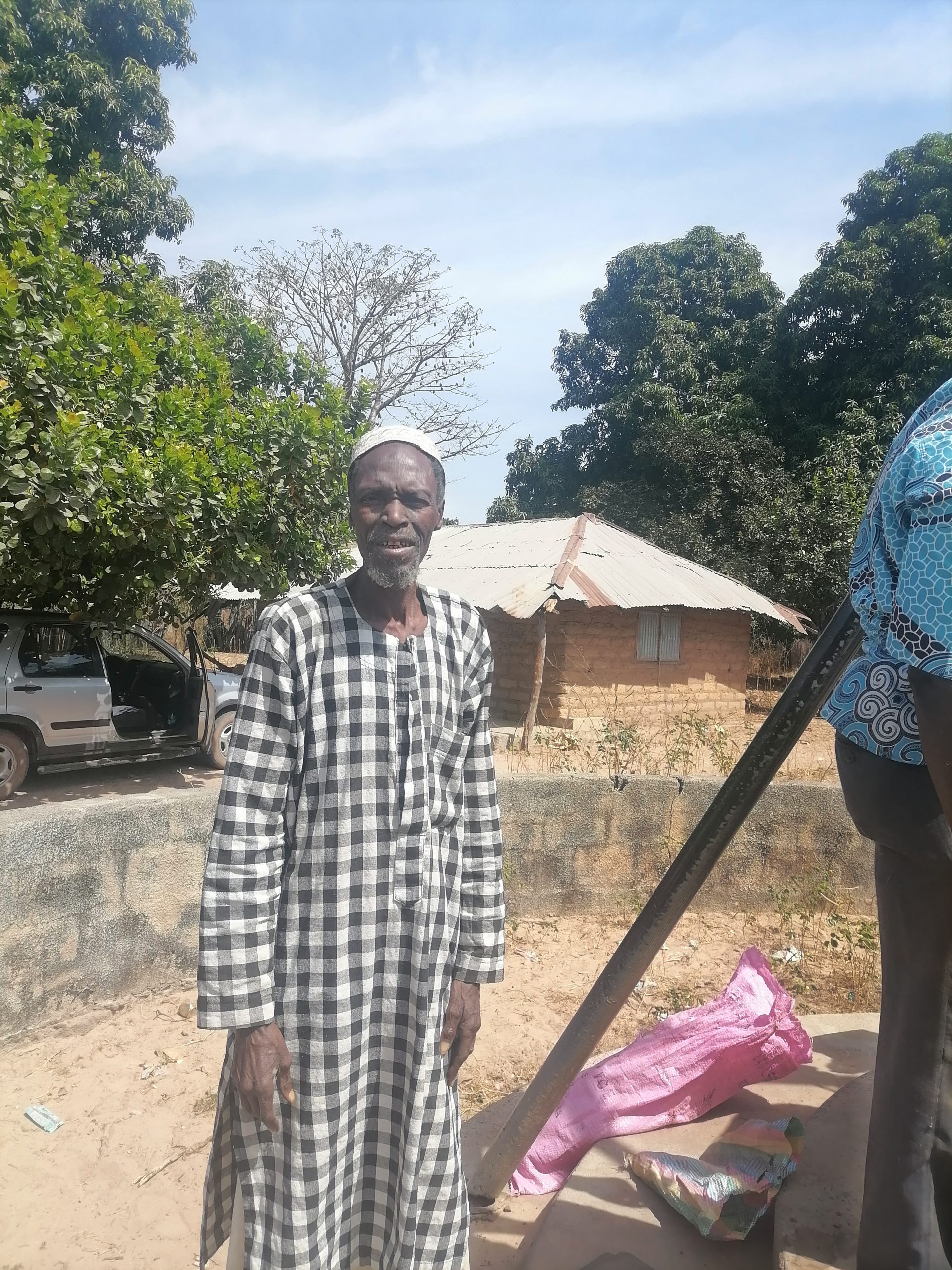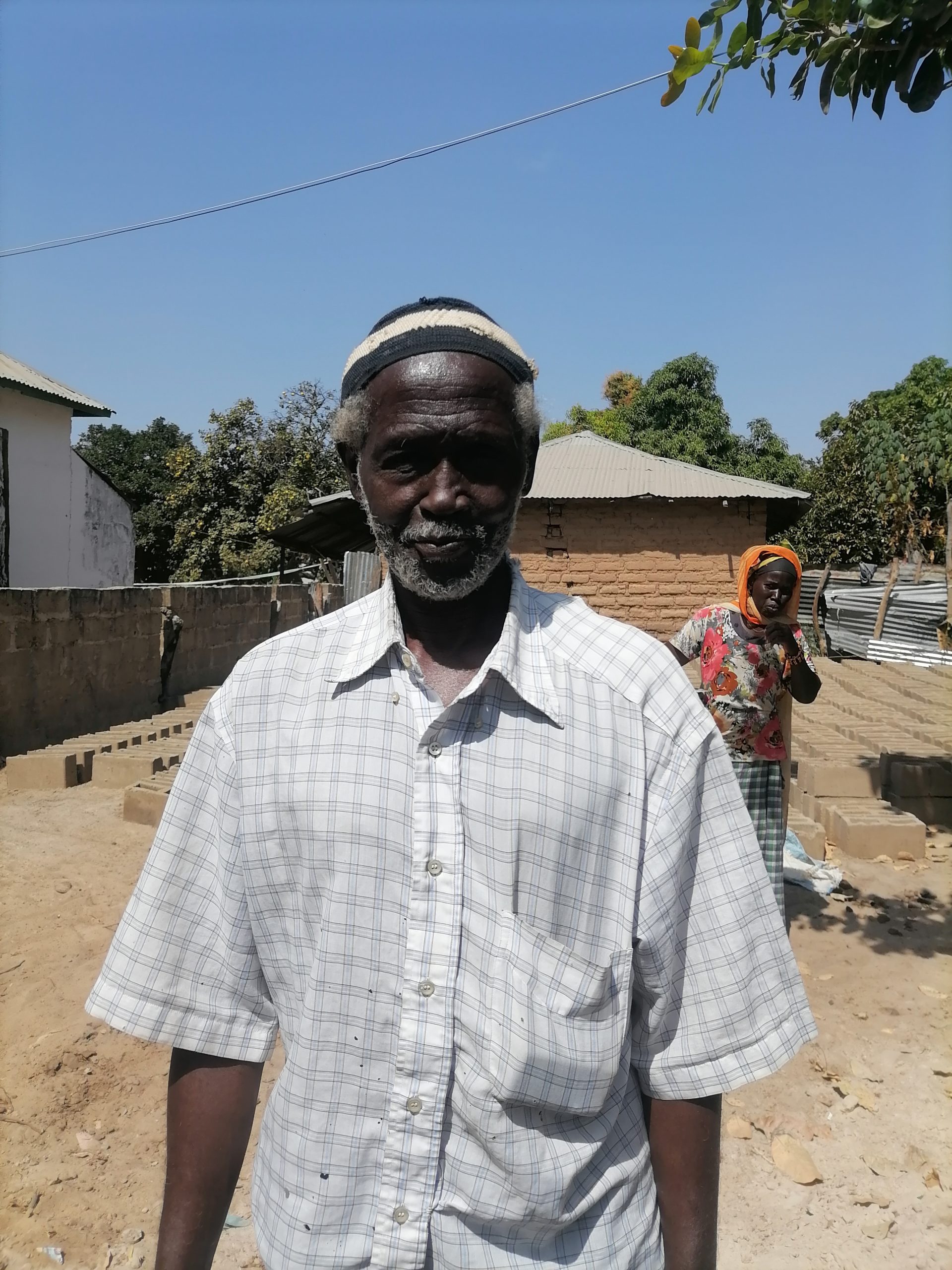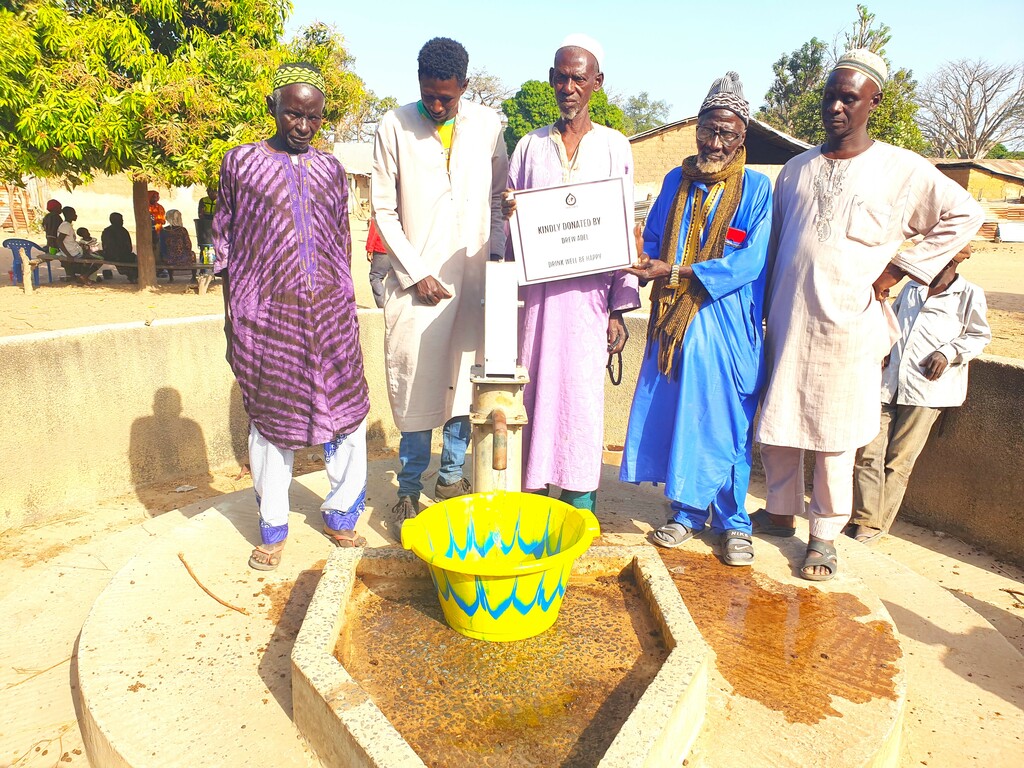
Kiang West is one of the six districts of the Lower River Region of the Gambia. Along with Kiang Central and Kiang East, it makes up the Kiang area. In the 2013 census, it had a population of 14,953 and the current population estimate for the district is 21,800.
Kiang West is home to the Kiang West National Park which was established in 1987 and is adjacent to the river bank and is 145 kilometers from the capital of Banjul. It is one of the largest protected nature reservations in The Gambia. It is around 19,526 hectares, and has the largest and most diverse wildlife population. Being made up mainly of deciduous woodland and Guinea savannah there are also extensive stretches of mangrove creeks, bolong tributaries and tidal flats. Its three main areas are the bolongs of Nganingkoi, Jarin and Jali.
By and large, residents of Kiang West District practice subsistence farming. Their main occupations are farming, including crop cultivation, cattle rearing, and fishing. In our recent GIS Mapping assessment, we found that most communities in Kiang West District lack access to potable drinking water and tiny fraction of communities are still practicing open defecation. This coinciding with the lack of water makes the district hard to live and unbearable for communities.
BATELING VILLAGE
OUTCOME
The Second phase of this project has been successfully completed thanks to Water Charity and its local partner Working Water The Gambia (WWG). This is part of a series of projects launched under the Water for Everyone Initiative. The project mission was to improve water access and sanitation conditions across 5 villages in Kiang West District by rehabilitating handpumps, installing new ones where necessary, and providing hand washing stations to improve sanitation and hygiene in the communities of BATELING VILLAGE, JALI VILLAGE, JULA KUNDA VILLAGE, MISSIRA TENDA VILLAGE, and TABORANG KOTO VILLAGE. Thanks to the collaborative support of the villagers in all these villages, the project was completed successfully. This project provides access to clean water and sanitation to over 7,000 people.
JALI VILLAGE
ACTIVITIES
The project saw the successful dewatering, re-digging of wells, installation of new German Mark 2 cylinders and conversion heads, stainless steel pipes, rod couplings, check nuts, pedestals, axles and bearings. Concrete water troughs were built, new culverts for wells and concrete slabs. Handwashing stations were installed in all project intervention communities supplied with detergents. In partnership with The Gambia’s Department of Water Resources, quality testing and treatment was also conducted at the end of each community project. In each community, learning sessions were held on effective handwashing techniques and simple water management strategies. Communities also participated in manual works like digging and collecting sand and gravel. They also hosted workers, which assured that all materials were secured.
JULA KUNDA VILLAGE
OBJECTIVES OF THE PROJECT
- The primary objective of this project is to provide clean drinking water and better sanitation for the people of the selected 5 villages in Kiang West District as for the Second phase of the project. This has been successfully achieved at the completion of the project.
- The Kiang area has long suffered from a lack of clean drinking water. The region has been hit hard with mass felling of trees and frequent bushfires. Although it is home to one of the largest nature reserve parks but it is still hard to control people from damaging the flora and fauna of the area.
- One of the objectives of this project is to provide clean drinking water for marginalized vulnerable communities. Kiang West has a lot of isolated villages that feel abandoned and forgotten. These villages are often called ‘’Dumbokono’’ which is a derogatory word meaning inside the barrel, referring to the communities as people living inside a barrel. This project has made them feel heard, socially included, and a part of humanity.
- The project also empowers women and girls. We all know the burden women and girls bear in water collection. Although Kiang West District has embraced education, but indications have shown they favor boys’ education more than girls. This clean water project will empower girls’ participation in school. The time spent on water collection is far shorter now for school-going girls.
- Another important objective of this project is to inculcate the habit of hand washing in communities. At each of the rehabilitated water sources in each community, a hand washing station is provided with detergents and also a learning session on the techniques of effective hand washing. Members of the community gather in the village square for the learning sessions. This is a tool to combat the spread of germs and other communicable diseases that could spread within communities, especially after using the toilets. It also aids nursing mothers as well as children to understand the importance of hygiene and sanitation. Participation in the learning sessions was high. Community engagement was immense and enthusiastic.
- In Kiang West District, open defecation is not as big a concern as it is in other regions of the country. Nonetheless, another key objective of these water projects is to facilitate round-the-clock household access to water. This will steer people away from going outside to defecate. The availability of water in the households is a catalyst towards the cessation of open defecation.
- Another objective of these projects is to encourage women’s engagement in household-level horticulture gardening. Every rehabilitated water source includes a concrete watering trough. The water trough traps wastewater from the hand pump and can be used by nearby houses for small-scale household horticulture vegetable gardening. This avoids the wastage of water and allows households to grow vegetables and enables their livestock to drink. This helps provide the households with a balanced diet and thereby alleviates the extreme poverty communities’ face, especially in the dry season.
- Another key objective of this project is to cut down the high rate of water-related illnesses in the recipient communities. Children often face the brunt when it comes to waterborne diseases. Certain households are drained of all resources when a family is struck with waterborne diseases. These water projects will lessen the burden on communities and money that would otherwise be spent on doctors or medicine can be used for food or for girls’ education instead. The distances between villages and health centers are far away and road networks are poor. This project will improve the health, sanitation and hygiene of beneficiary communities
- Setting up and training village water management committees was another objective of the project. We set up and trained water management committees in all the project communities. They help in the day-to-day management and maintenance of the water source. This will help make the project sustainable. As best practice, we ensure the committee is gender-balanced and that women have a say in the maintenance and management of the water source. Traditional women communicators known as ‘’Kanyeleng’’ are also involved in the sensitization of communities for better water management.
MISSIRA TENDA VILLAGE
BENEFICIARY TESTIMONIAL
As it has been throughout the entire campaign of Water for Everyone program, at the conclusion of water projects in communities, the excitement and joyfulness are overwhelming. Communities always express joy and happiness for the projects. This is the situation in the 5 completed communities. Heads of villages of the respective 5 villages all expressed their sincere thanks for the projects and happiness, highlighting the positive impact that these clean water projects have in their communities.
They say miracles do happen but now I believe that they really happen, says Adama Jassey, a local tilapia fisherman. We have long suffered getting clean drinking water for our communities. Now we are delighted and joyful thanks to Water Charity, he says. Similar remarks were said by various community elders. Burama Singhateh and Fanding Manneh are all prominent Mandinka griots in the district. We are thankful, our communities have been provided with clean drinking water, thanks to Water Charity. Our families can now thrive. Musunding Sawanneh, Tida Sano and Jaarai Darboe are all prominent social educators within the district. They express joy and happiness over the water projects, assuring that these projects will help girls to concentrate more in school instead of thinking of fetching water from long distant villages. Now that we have ample water in our communities, our children will have enough time to concentrate on their studies and thus get good grades. We really want our girls to learn, they say. Dozens of cultural and social leaders within the beneficiary communities expressed their delight and happiness for these water projects. The traditional chief Momodou Njie, expresses thanks and gratitude for the water projects. We will have enough food this year for our families now that there is enough water for us to drink and be healthy and also our gardens, our animals, he says. We are extremely grateful to Water Charity.
Thanks to the donors for making this project a success.
TABORANG KOTO VILLAGE
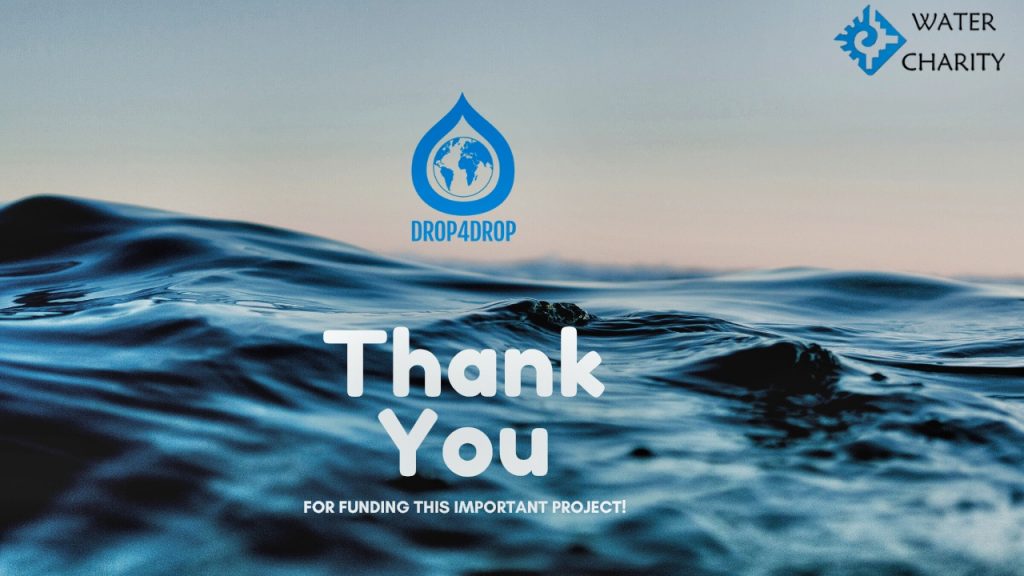
This project has been completed. To read about the beginning of the new project, CLICK HERE.

